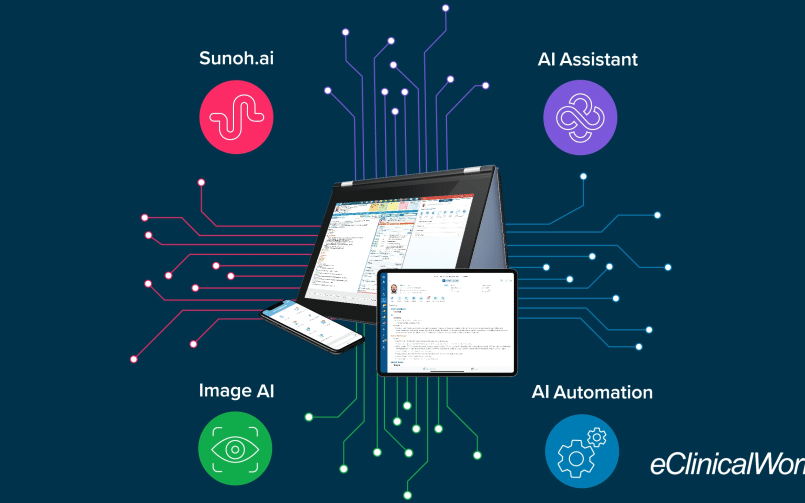Patient-Centered Care: How the Approach Can Improve Healthcare
- 14 August 2019
- Blog
eClinicalWorks
The healthcare industry is undergoing dramatic efforts to improve the delivery of care. Lots of changes have already occurred that have expanded access to quality care. Now, the challenge is to shift the conversation to focus on optimizing health that emphasizes patient-centered care.
A recent report by The Centers for Medicare and Medicaid Services (CMS) determined consumers should remain at the center of care to keep them engaged and healthy. CMS describes an optimal patient-provider relationship as one that “[gives] consumers access to their records, [enabling] them to be more active participants in their care, making care more person-centered.”

To accomplish this radical transformation, a bottom-up approach is recommended. An article in the Harvard Business Review noted they’ve already “seen changes driven by doctors, nurses, administrators, employers, and even patients who are devising solutions to the problems they face every day.”
These stakeholders who are involved in the day-to-day interactions with patients are responsible for the evolution of healthcare delivery. These individuals need to buy-in to the new approach and understand why Patient Engagement is critical. However, to ensure success and overall effectiveness, providers and staff require access to the necessary tools.
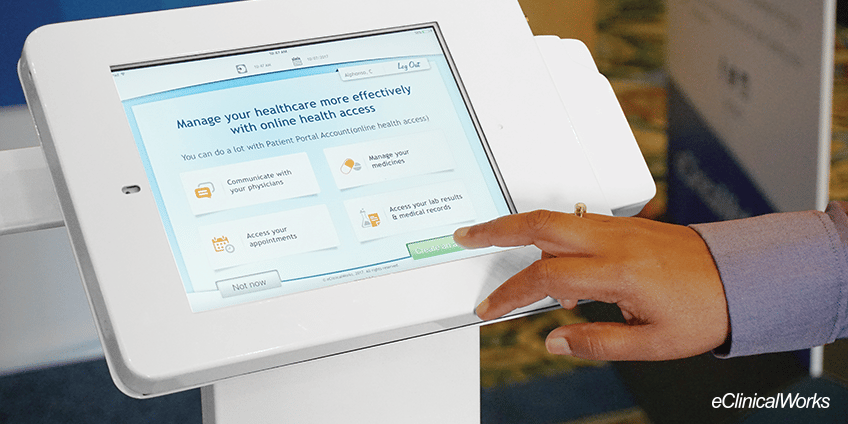
CMS noted, the “use of data and health information, including the use of Electronic Health Records (EHR) and other health information technology (health IT) resources, will help providers and consumers communicate more easily and make informed decisions.” Available tools include patient portals, telehealth tools, and kiosks – all of which provide patients with unparalleled access to their personal health information. Now patients have the resources to take greater charge of their healthcare.
Organizations at the forefront of this revolution have already enjoyed great success in engaging their patient populations. By expanding access and using all available tools, the practices have experienced immediate improvements in the delivery of care.

For example, Rainbow Pediatric Center in Jacksonville, Florida noticed that some patients were having trouble getting to their appointments, particularly children with Attention Deficit Hyperactivity Disorder (ADHD). To reduce the hassles of traveling to the office for a visit, the practice implemented telehealth technology, offering remote visits for its ADHD patients. After just one month, Rainbow Pediatric Center saw a 60% increase in compliance among ADHD patients – which has now reached 77% improvement.
To successfully transition to value-based care, providers strengthen relationships with their patients — and eClinicalWorks continues to develop products and services to help our clients do exactly that.
Related Post

- 27 February 2025
- Blog
Creating AI Contact Center Solutions for a Quality Patient Experience
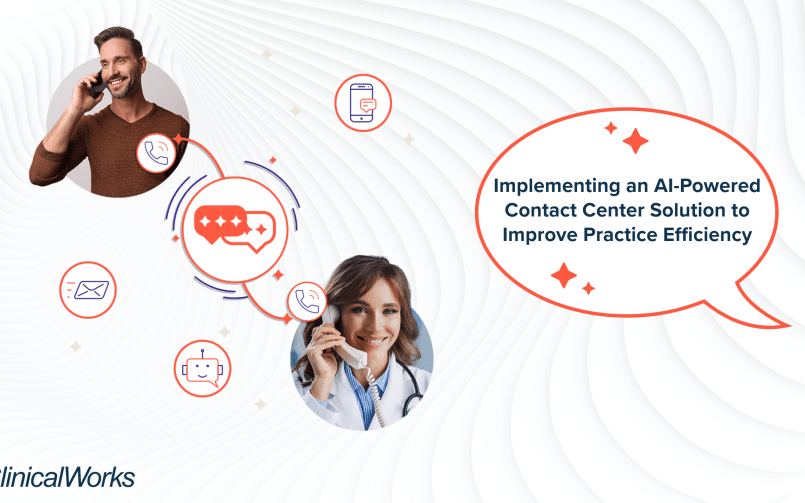
- 30 January 2025
- Blog
Implementing an AI-Powered Contact Center Solution to Improve Practice Efficiency

- 9 January 2025
- Blog
Unveiling Trends Set to Transform Healthcare in 2025

- 19 December 2024
- Blog
The Unbeatable eClinicalWorks Experience

- 14 March 2024
- Blog
Revolutionizing Work-Life Balance with a Smart AI-Driven EHR

- 15 February 2024
- Blog
AI Medical Scribes in Remote Healthcare Services

- 6 February 2024
- Blog
Priority One for 2024: Staying Focused on Patients

- 16 January 2024
- Blog
7 Patient Engagement Solutions to Help Patients and Practices in 2024

- 7 November 2023
- Blog
Embracing Technology for Startup Weight Loss and Medical Spa Clinics
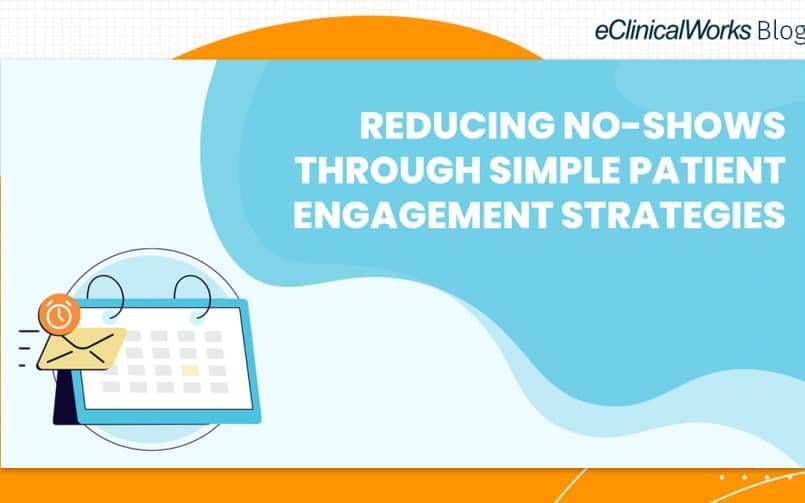
- 23 March 2023
- Blog
Reducing No-Shows Through Simple Patient Engagement Strategies

- 27 September 2022
- Blog
Back to School — for Your Practice, Too!
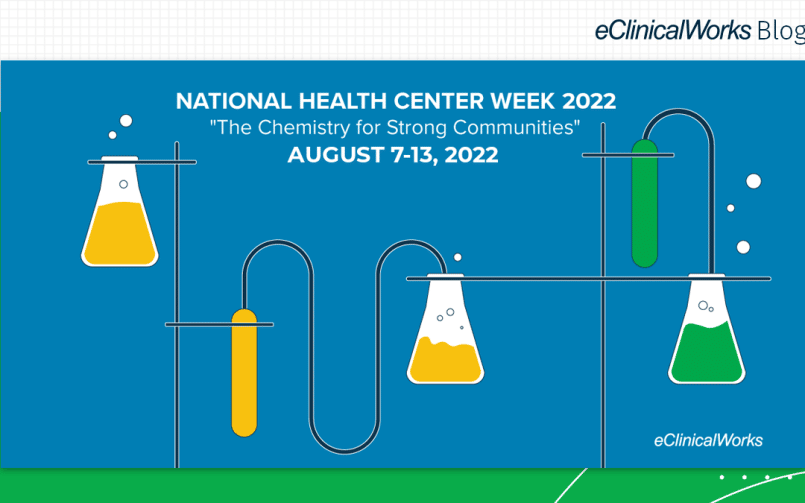
- 9 August 2022
- Blog
National Health Center Week 2022

- 21 June 2022
- Blog
Dermatology Made Easier This Summer

- 25 March 2022
- Blog
HIMSS22 Outlines Opportunities in Healthcare

- 17 February 2022
- Blog
Defense Matters: Keeping Remote Medicine Safe

- 1 February 2022
- Blog
One Key for 2022: Staying Focused on Patients
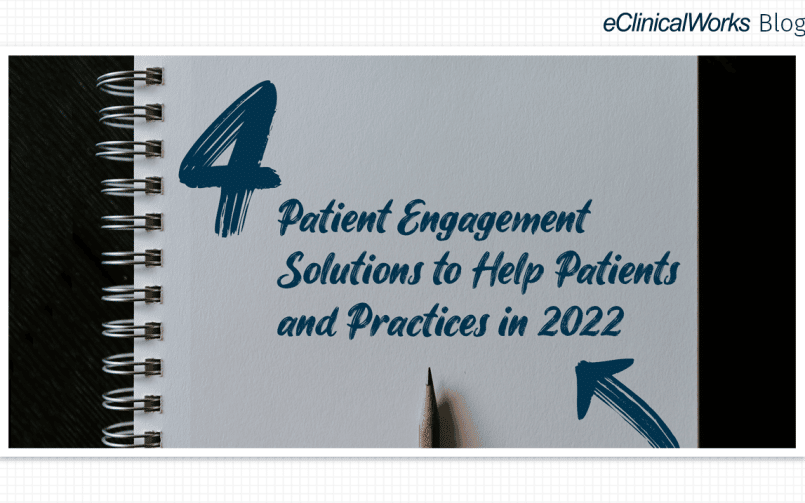
- 28 January 2022
- Blog
4 Patient Engagement Solutions to Help Patients and Practices in 2022

- 25 January 2022
- Blog
The Right Tools During Challenging Times

- 19 January 2022
- Blog
Healthcare 2022: Regulatory Trends to Look for in the Year Ahead

- 18 November 2021
- Blog
Remaining Vigilant in the Lung Cancer Fight
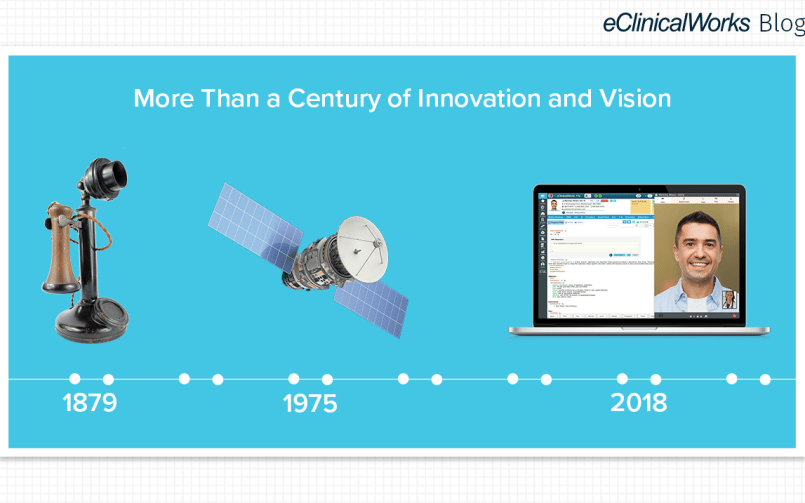
- 4 November 2021
- Blog
Telehealth Is Long-Established Science Fact
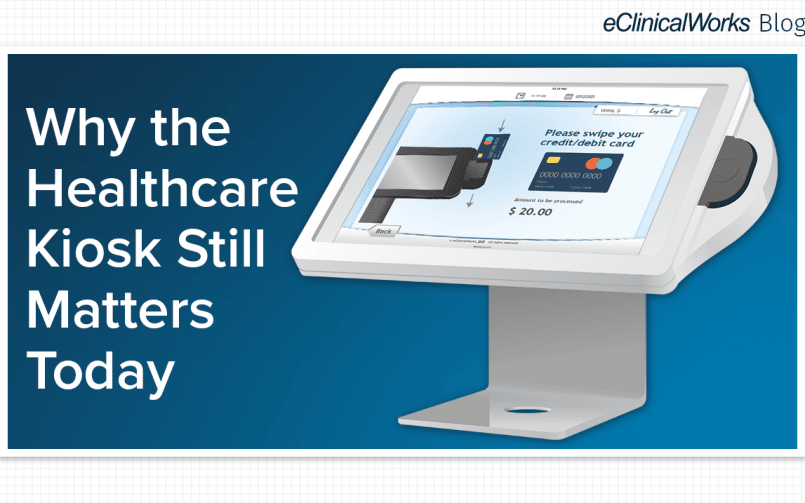
- 28 October 2021
- Blog
Why the Healthcare Kiosk Still Matters Today

- 6 October 2021
- Blog
Time to Kick Off the 2021 National Conference
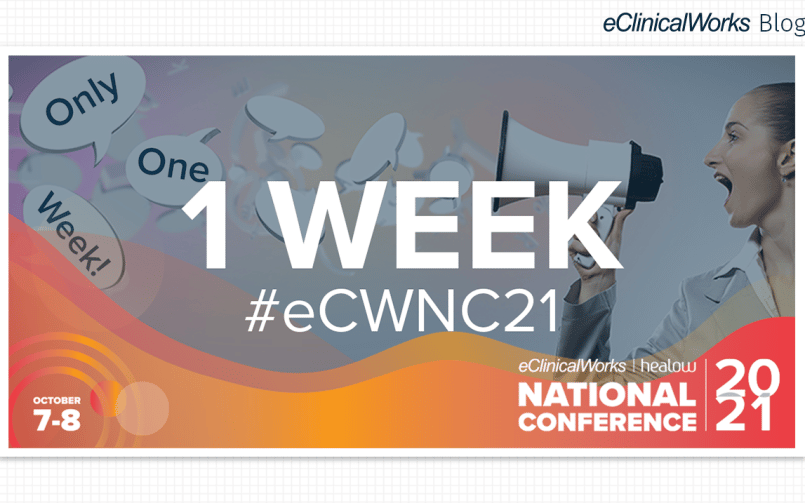
- 30 September 2021
- Blog
The eClinicalWorks National Conference Is Just a Week Away
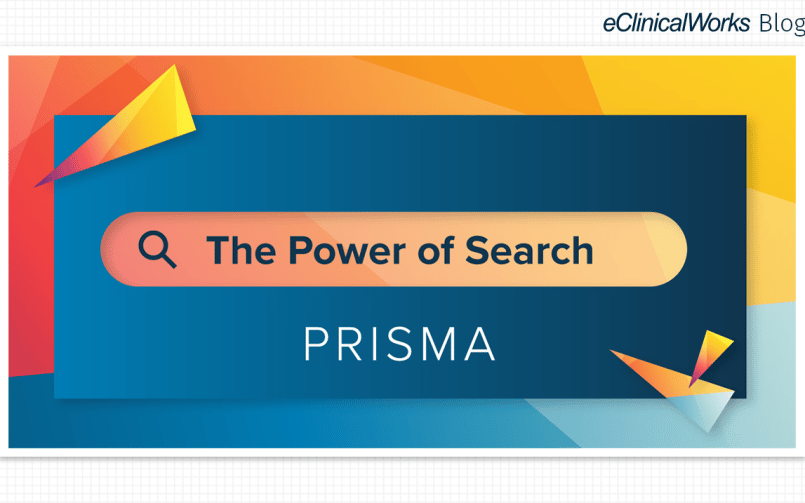
- 14 September 2021
- Blog
The Power of Search in Healthcare and Beyond

- 2 September 2021
- Blog
It’s Time for a Better Check-in Solution
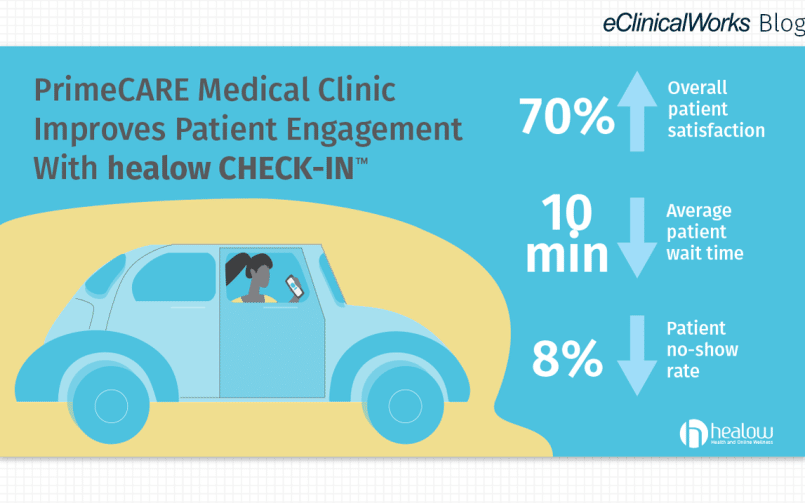
- 24 August 2021
- Blog
In Healthcare, First (and Last) Impressions Matter
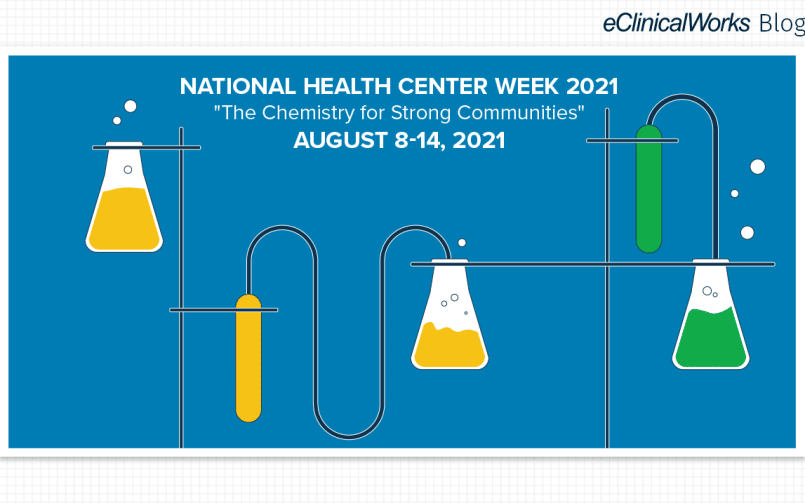
- 10 August 2021
- Blog
National Health Center Week 2021
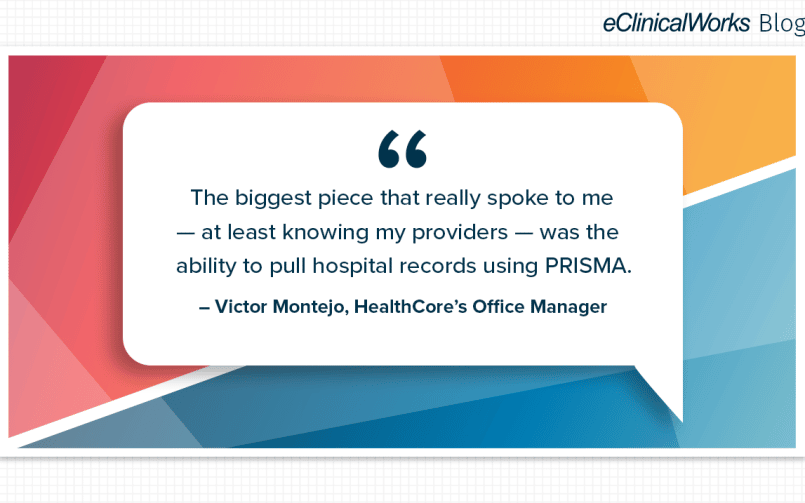
- 6 August 2021
- Blog
PRISMA: Fulfilling the Promise of Interoperability
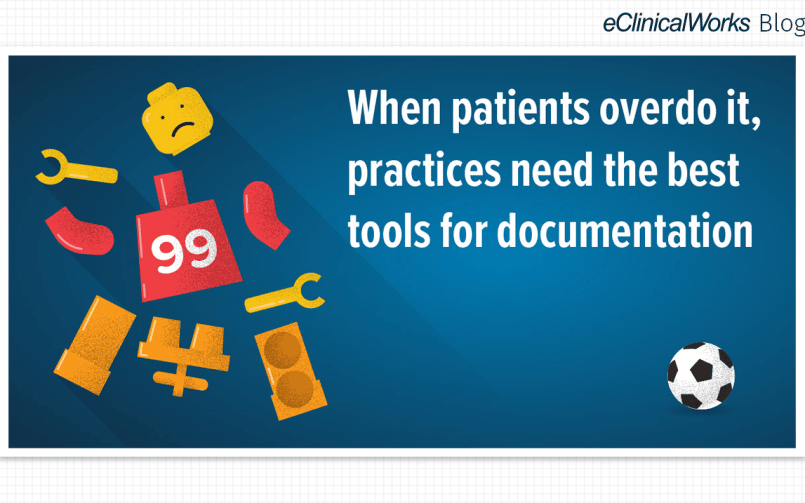
- 4 August 2021
- Blog
Summer Can Mean Orthopedic Trouble and eClinicalWorks Can Help
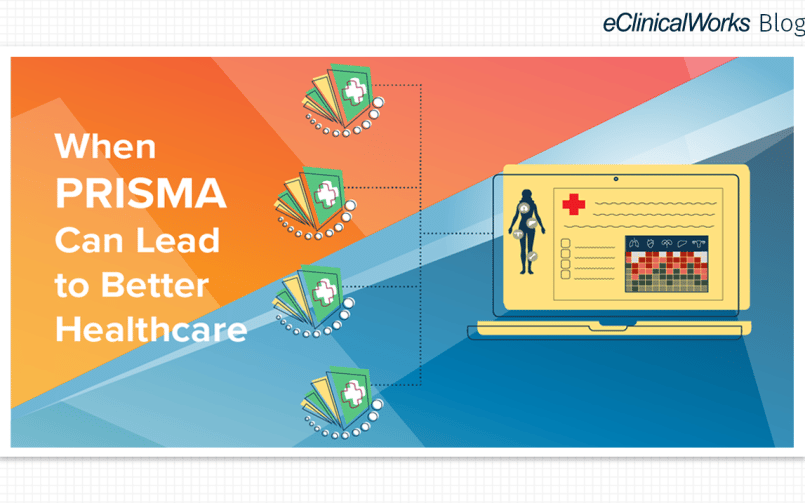
- 28 July 2021
- Blog
When PRISMA Can Lead to Better Healthcare
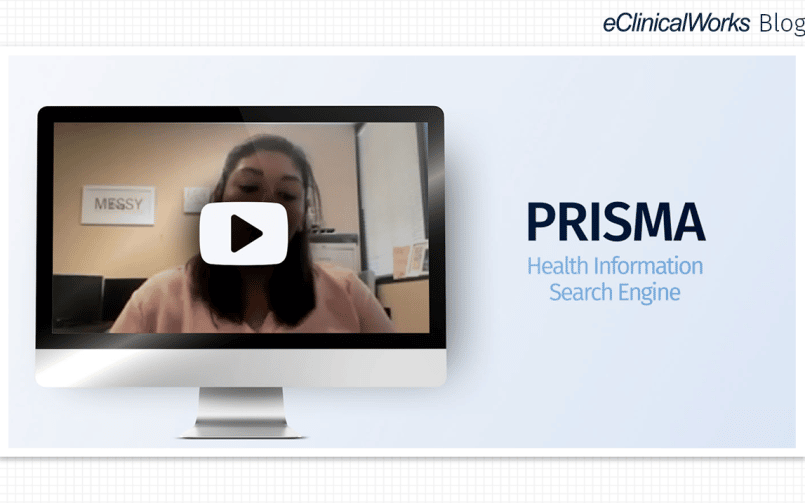
- 20 July 2021
- Blog
Using PRISMA to Create Better Patients Records
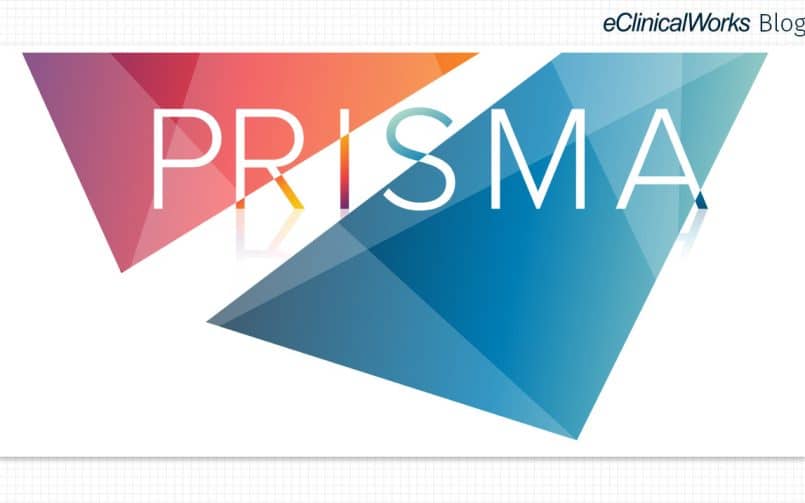
- 6 July 2021
- Blog
Winning the Medical Information Game
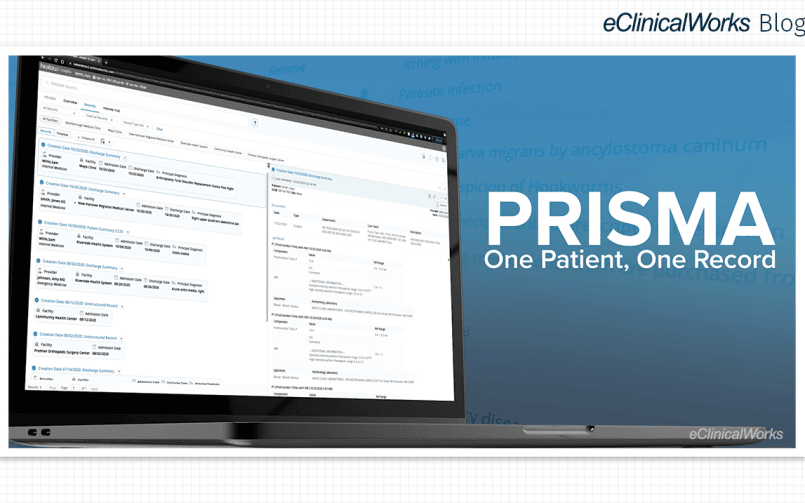
- 30 June 2021
- Blog
Record Retrieval Made Easy With PRISMA
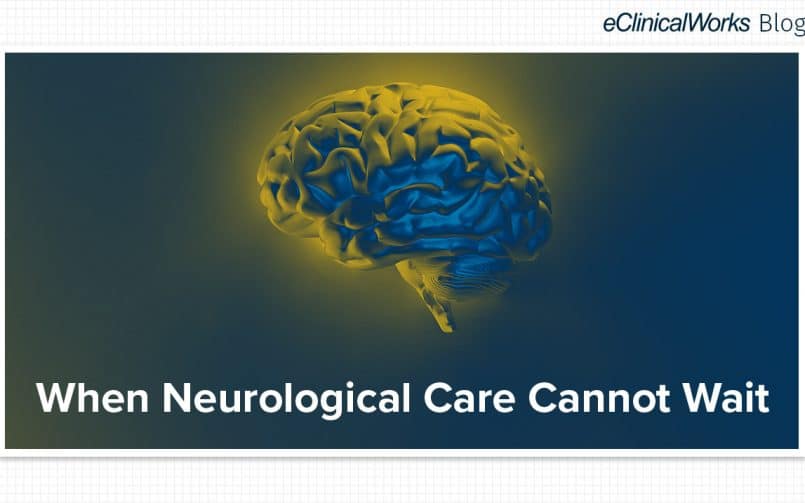
- 27 May 2021
- Blog
When Neurological Care Cannot Wait
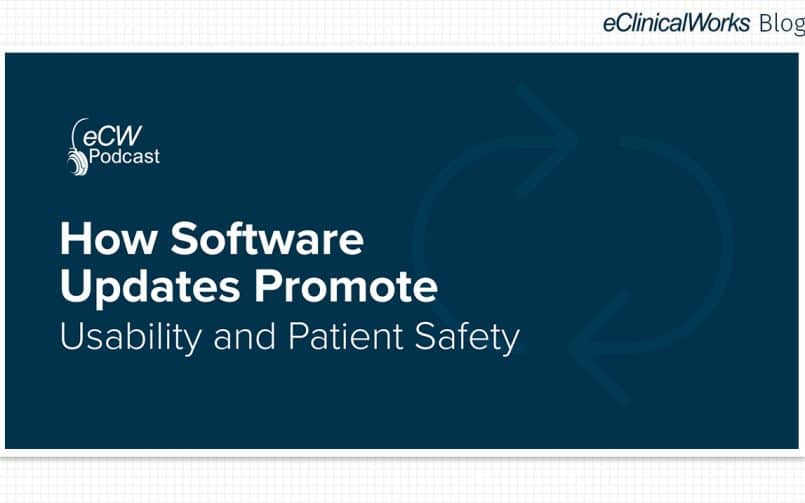
- 13 May 2021
- Blog
Why Upgrading Your Software Matters
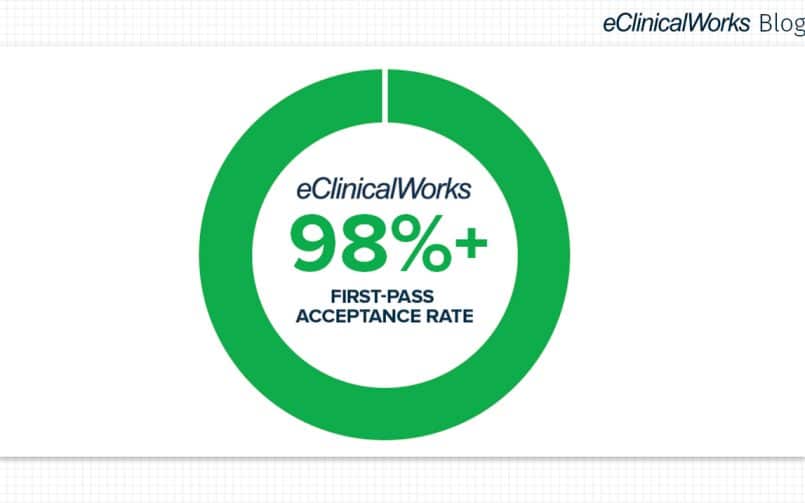
- 25 March 2021
- Blog
The Growing Importance of RCM
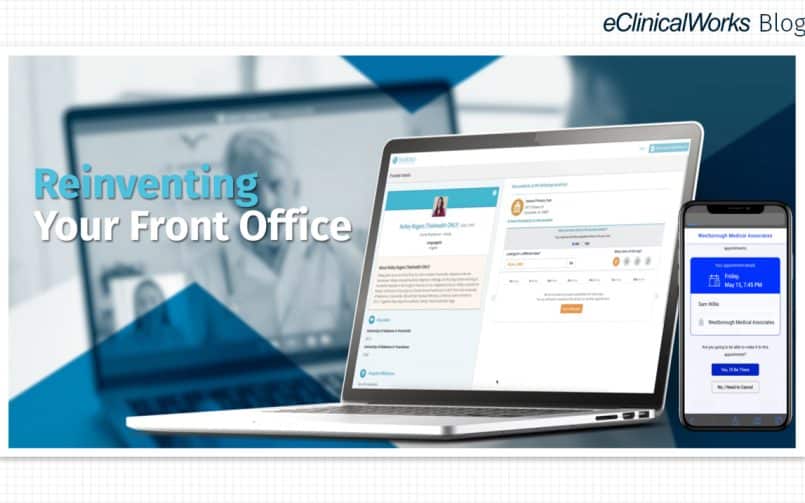
- 16 March 2021
- Blog
A Partner for Reinventing Your Practice
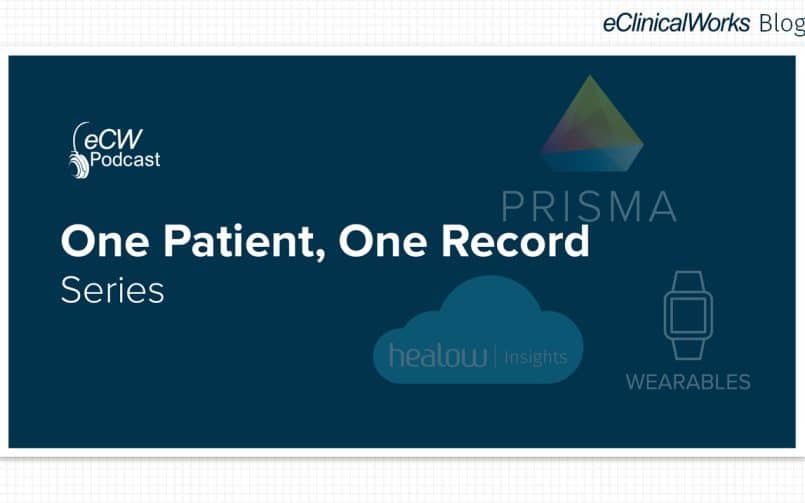
- 2 March 2021
- Blog
What it Takes to Better Know Your Patients
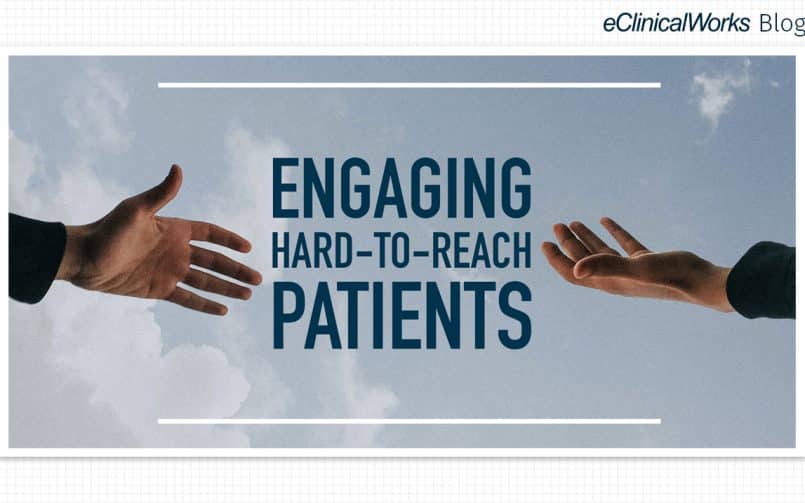
- 18 February 2021
- Blog
Engaging hard-to-reach patients

- 29 January 2021
- Blog
Putting the Pieces Together for Quality Healthcare

- 30 December 2020
- Blog
2020 eClinicalWorks Year in Review

- 22 December 2020
- Blog
Thirlby Clinic: Using Telehealth and CCM for Better Disease Management

- 15 December 2020
- Blog
A Challenging Year Is Ending — New Opportunities Ahead
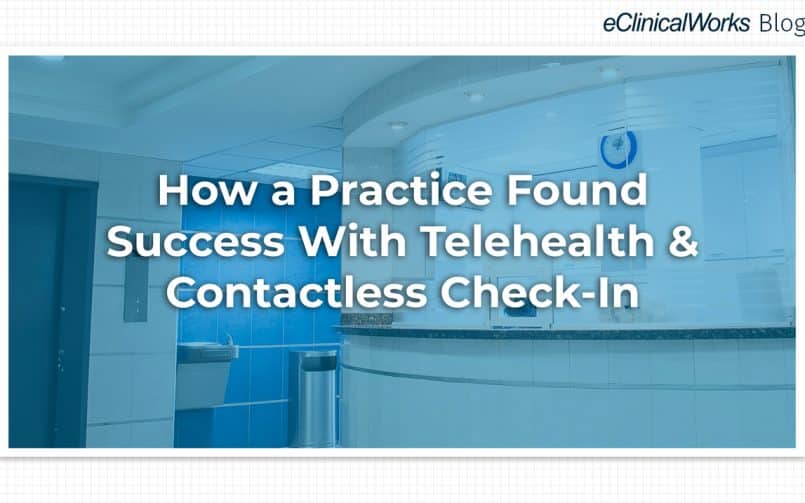
- 10 December 2020
- Blog
How a Practice Found Success With Telehealth & Contactless Check-In
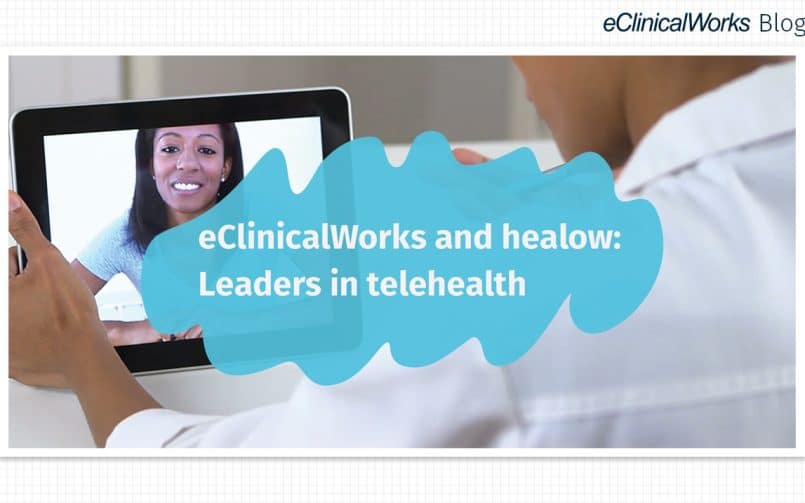
- 24 November 2020
- Blog
The Continuing Influence of Telehealth

- 19 November 2020
- Blog
Meeting the Demand for Behavioral Health Services
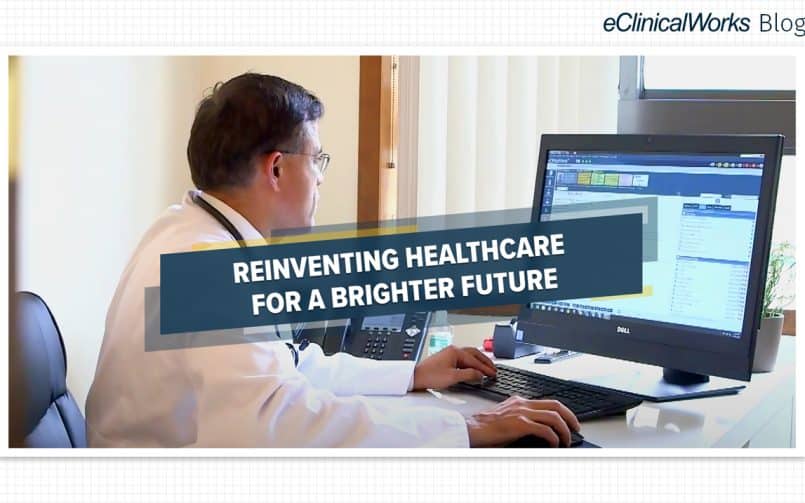
- 12 November 2020
- Blog
Reinventing Healthcare for a Brighter Future
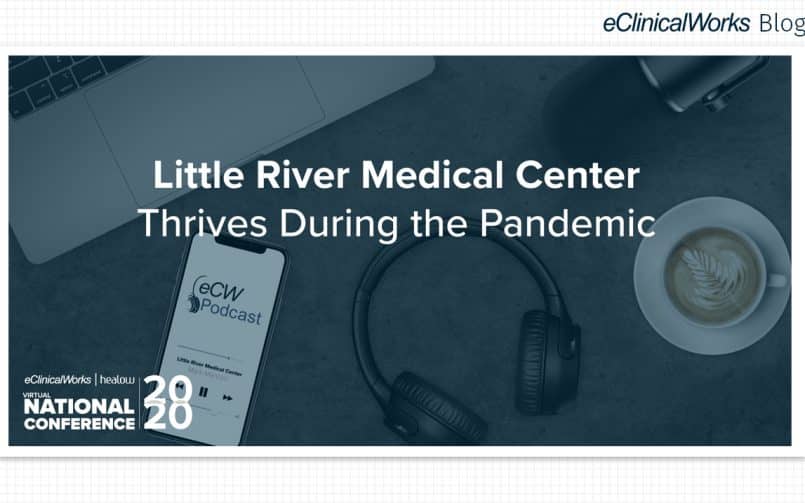
- 6 November 2020
- Blog
How Little River Medical Center Thrived During the Pandemic
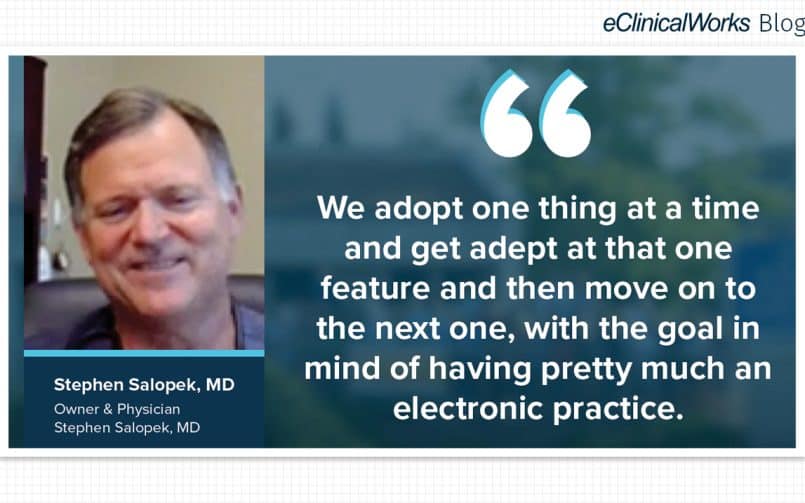
- 19 October 2020
- Blog
How Telehealth, CCM, and Contactless Check-In Revitalized a Practice in Need
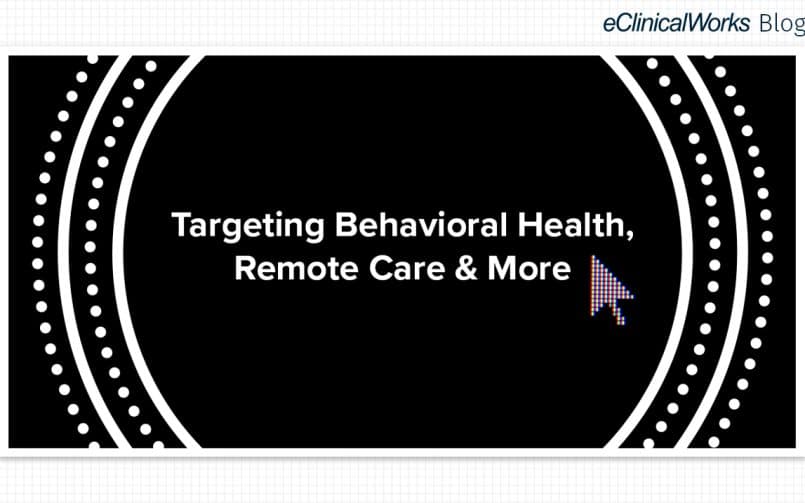
- 15 October 2020
- Blog
Targeting Behavioral Health, Remote Care & More
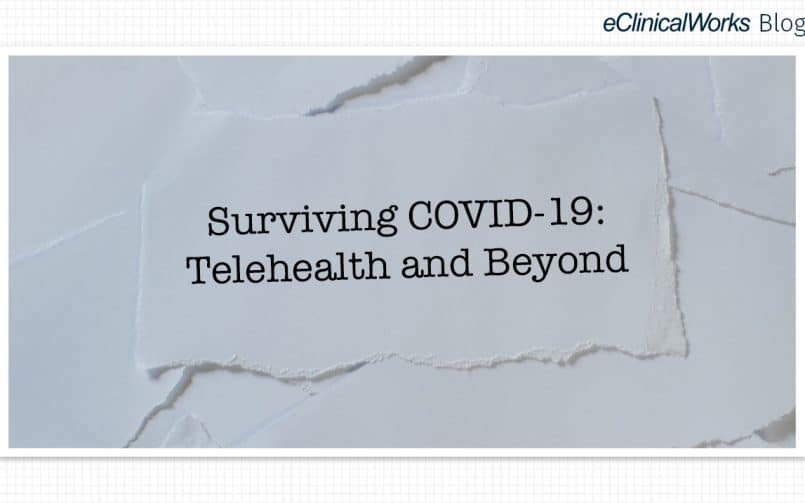
- 30 September 2020
- Blog
Surviving COVID-19: Telehealth and Beyond
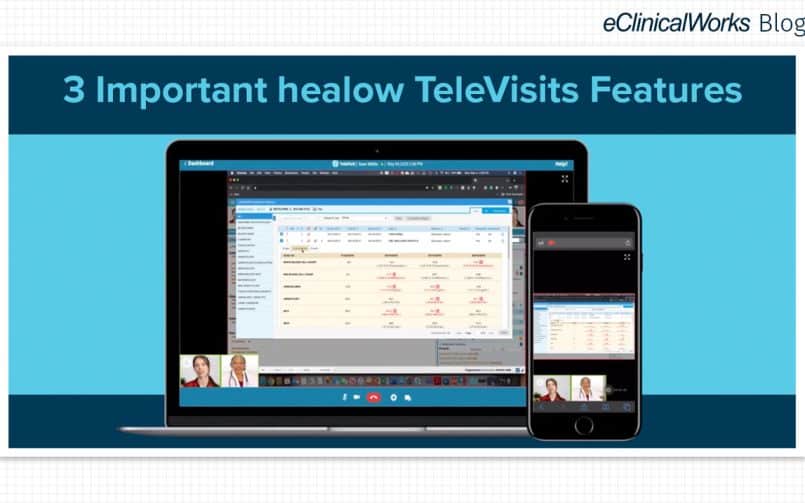
- 21 September 2020
- Blog
3 Important healow TeleVisits Features

- 1 September 2020
- Blog
Back to the Basics During the COVID-19 Era
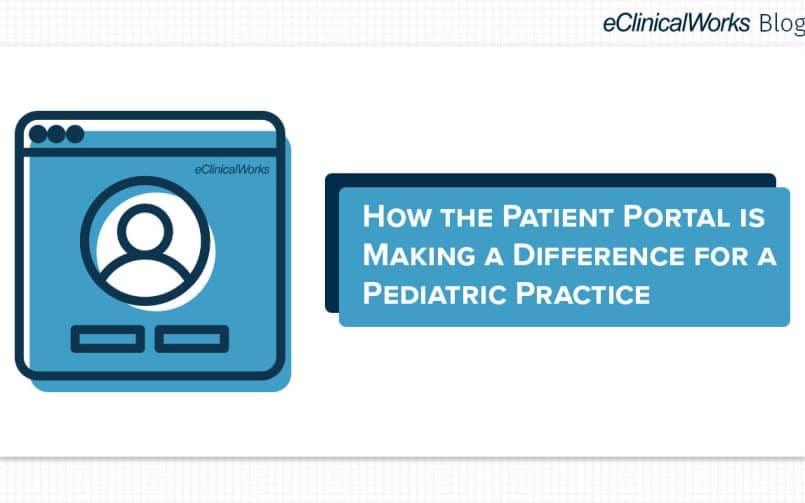
- 28 August 2020
- Blog
How the Patient Portal Is Making a Difference for a Pediatric Practice
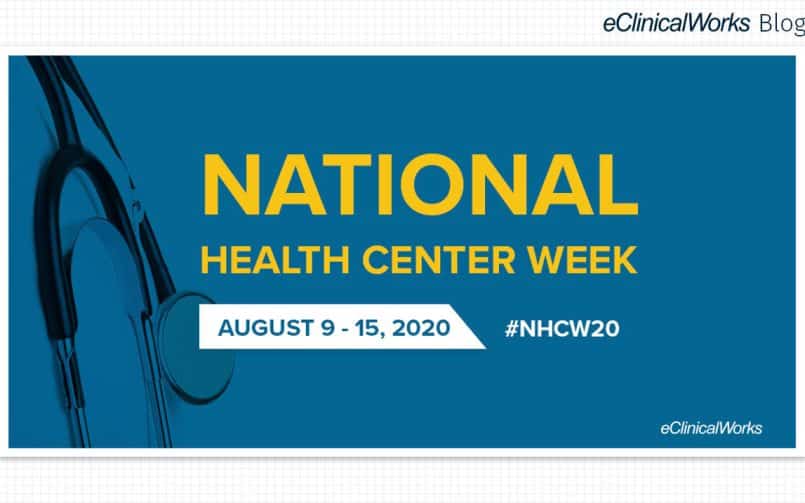
- 10 August 2020
- Blog
National Health Center Week: Continuing the Legacy

- 31 July 2020
- Blog
The Promise of a New EHR: Why Practices Switch

- 27 July 2020
- Blog
4 Ways to Attract New Patients and Retain Existing Ones
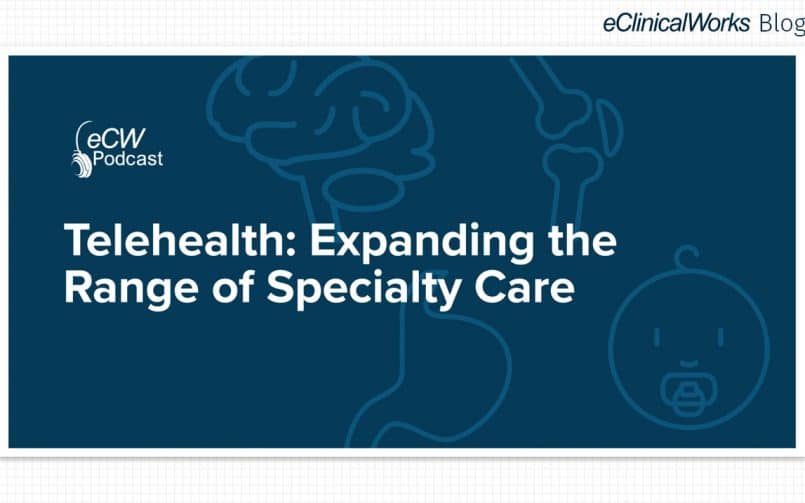
- 24 July 2020
- Blog
Pushing Boundaries, Reaching New Horizons

- 17 July 2020
- Blog
How to Keep Your Patients & Staff Safe During COVID-19
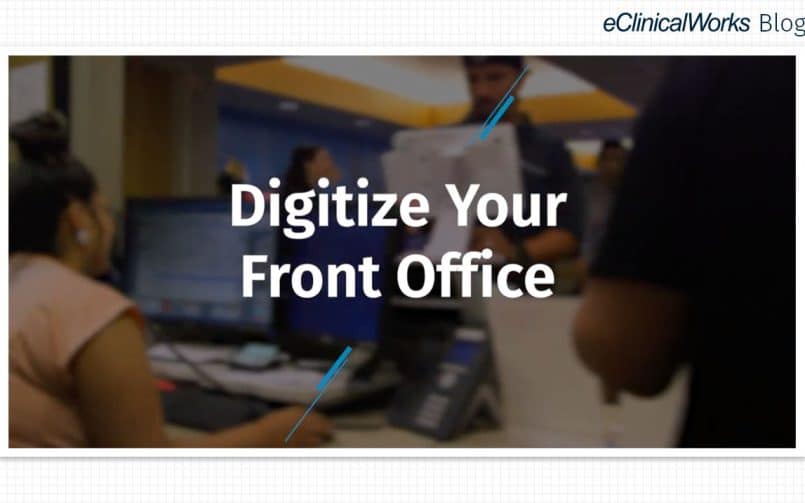
- 1 July 2020
- Blog
How to Digitize Your Front Office
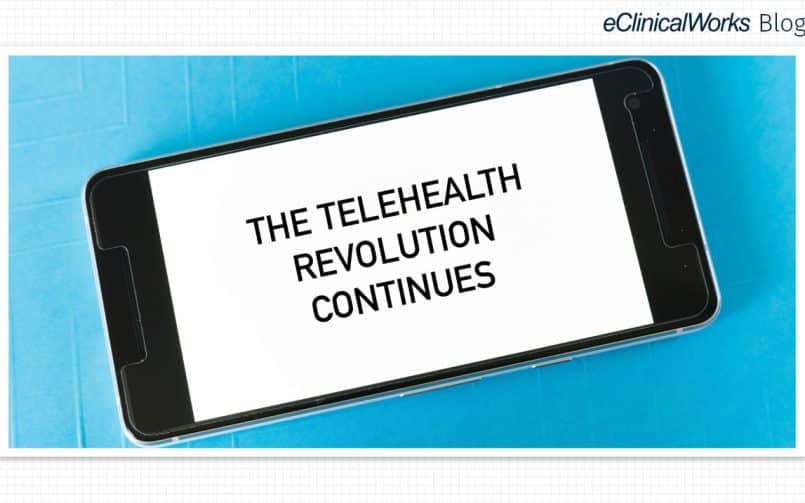
- 29 June 2020
- Blog
The Telehealth Revolution Continues
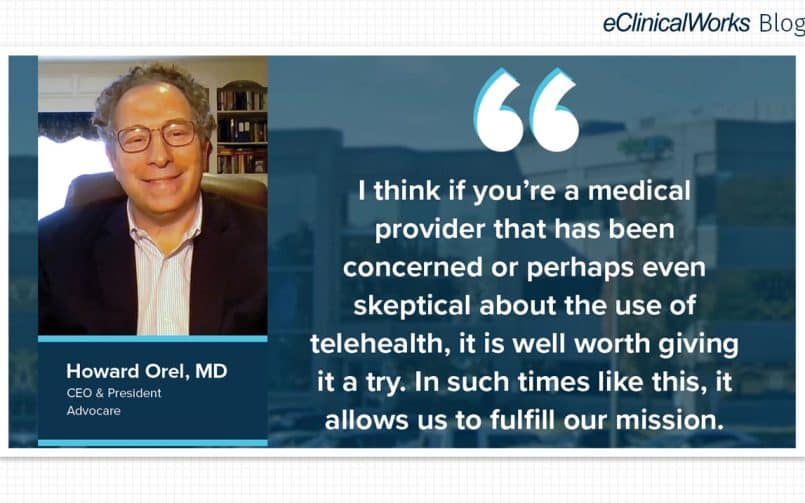
- 24 June 2020
- Blog
How Advocare Put healow TeleVisits™ to Work
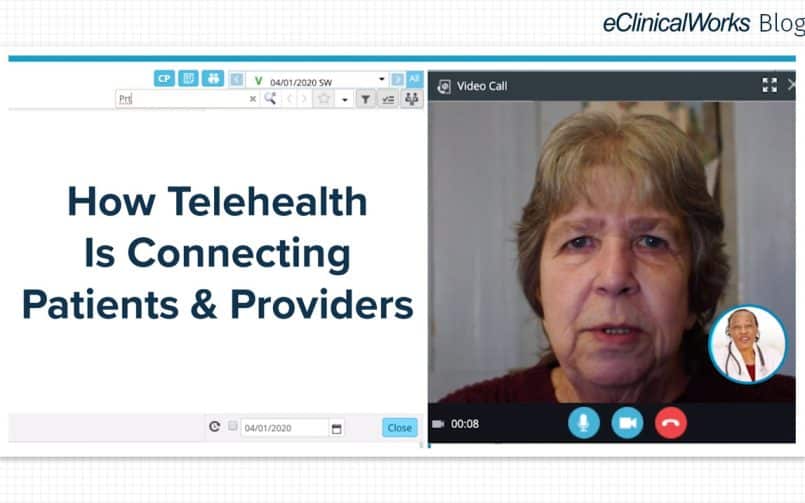
- 17 June 2020
- Blog
How Telehealth Is Connecting Patients & Providers

- 15 June 2020
- Blog
Getting to the Heart of Medicine Together
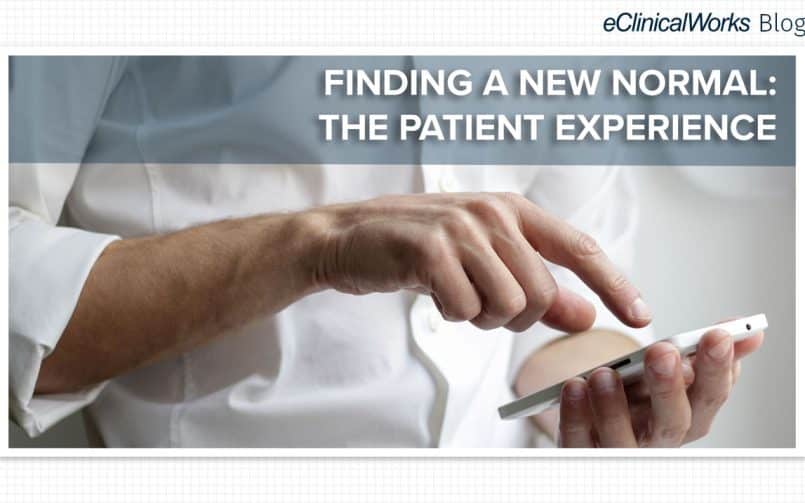
- 12 June 2020
- Blog
Finding a New Normal: The Patient Experience

- 10 June 2020
- Blog
Minding Mental Health During COVID-19
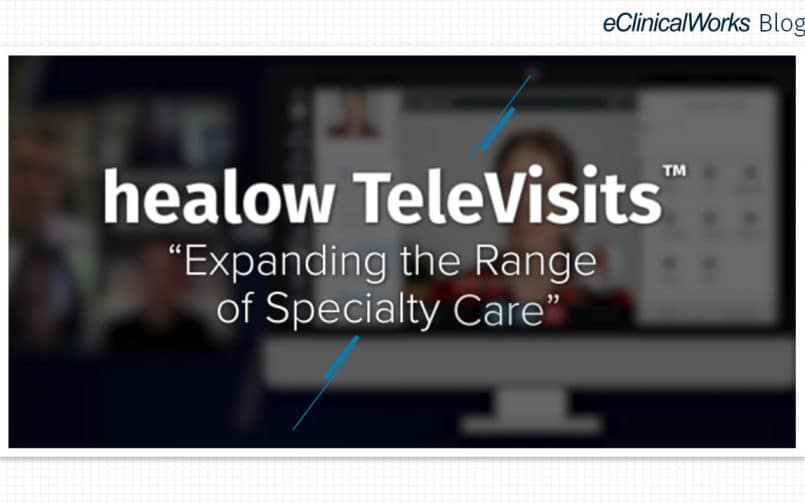
- 3 June 2020
- Blog
Expanding the Range of Specialty Care
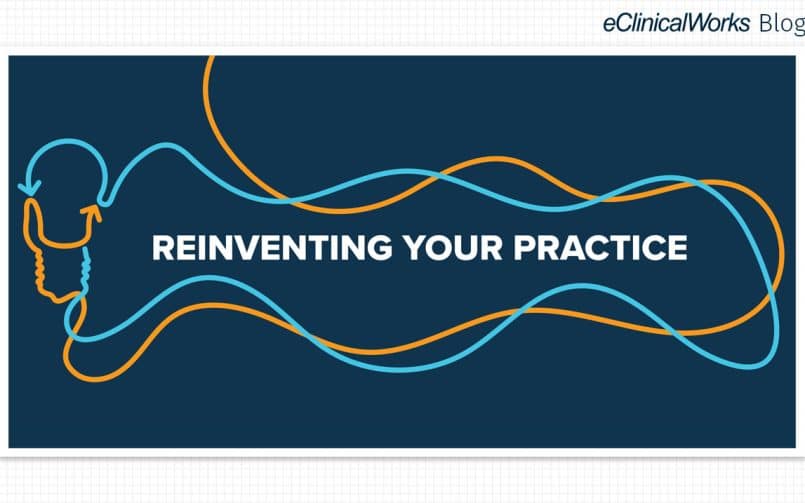
- 1 June 2020
- Blog
Reinventing Your Practice
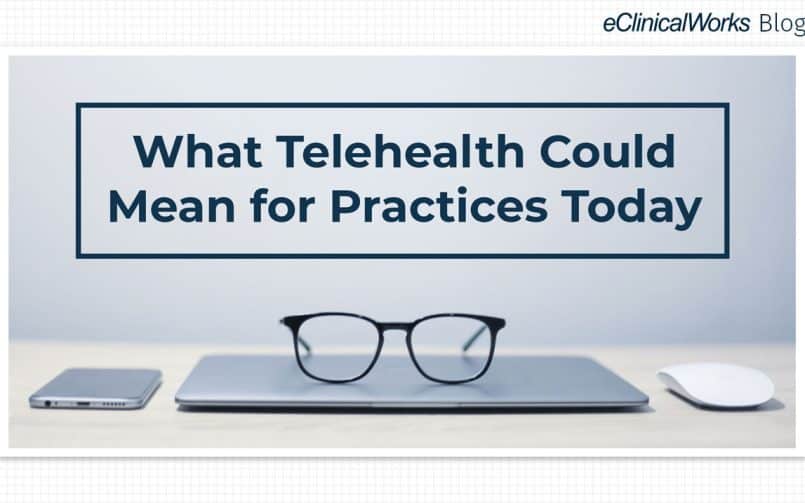
- 29 May 2020
- Blog
What Telehealth Could Mean for Practices Today

- 27 May 2020
- Blog
Resourceful Action During Extreme Times
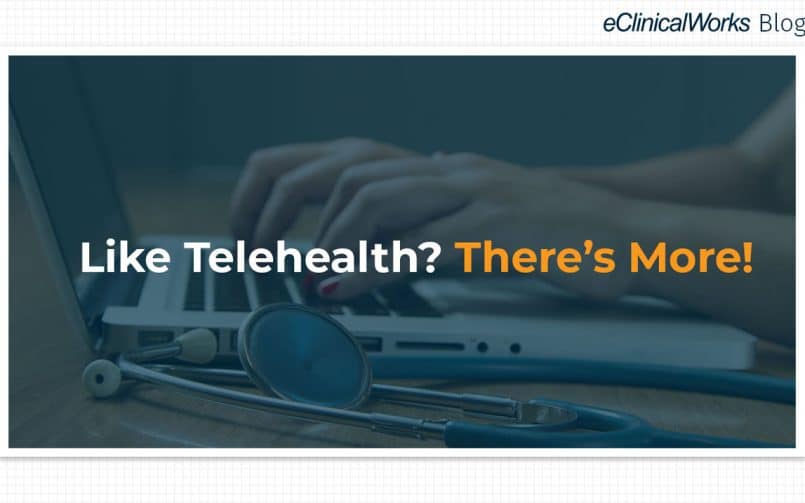
- 21 May 2020
- Blog
Like Telehealth? There’s More!
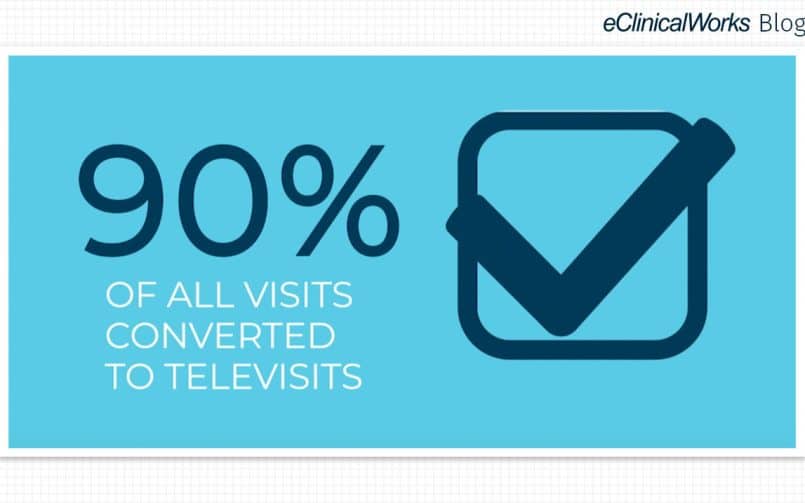
- 19 May 2020
- Blog
The Numbers Behind TeleVisits
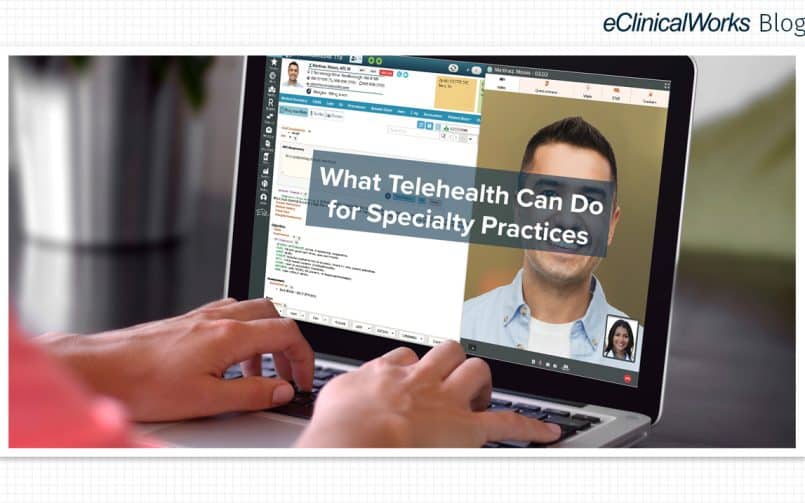
- 16 May 2020
- Blog
What Telehealth Can Do for Specialty Practices

- 13 May 2020
- Blog
Routine Care During Nonroutine Times
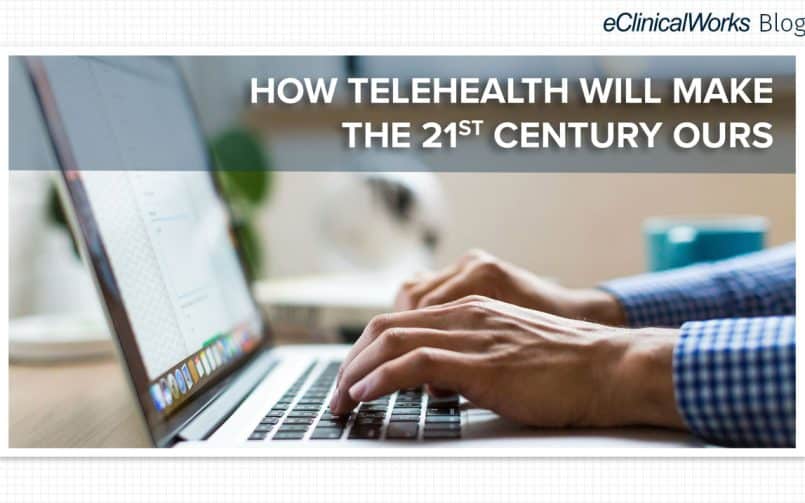
- 12 May 2020
- Blog
How Telehealth Will Make The 21st Century Ours

- 8 May 2020
- Blog
Seeing Medicine in a New Light

- 7 May 2020
- Blog
Telehealth: Healing Action at a Distance
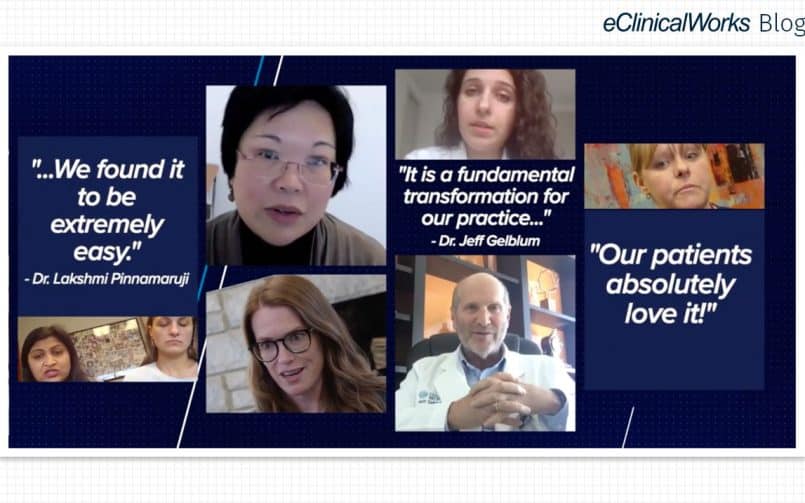
- 5 May 2020
- Blog
3 Patient Stories of TeleVisits in Action

- 1 May 2020
- Blog
Sustaining Medical Practice During COVID-19
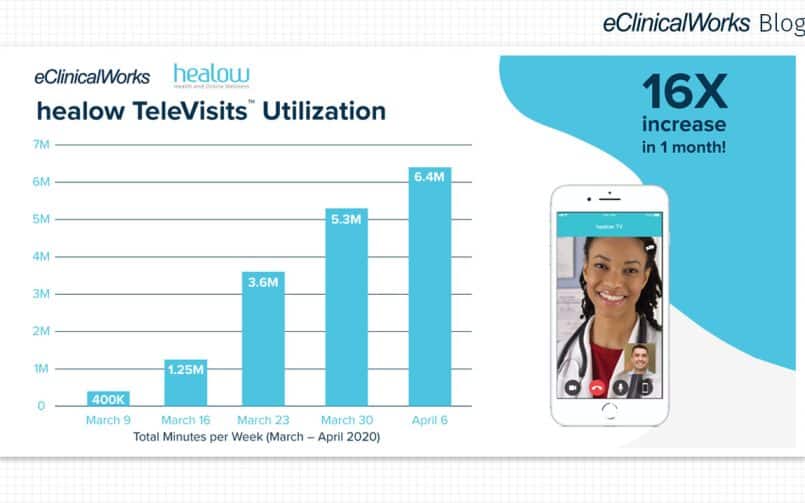
- 29 April 2020
- Blog
The Evolution and Importance of Telehealth

- 27 April 2020
- Blog
Deriving Greater Value from Telehealth

- 24 April 2020
- Blog
3 Practices Finding Success With Telehealth

- 22 April 2020
- Blog
How Innovation Fueled the Rise of Telehealth
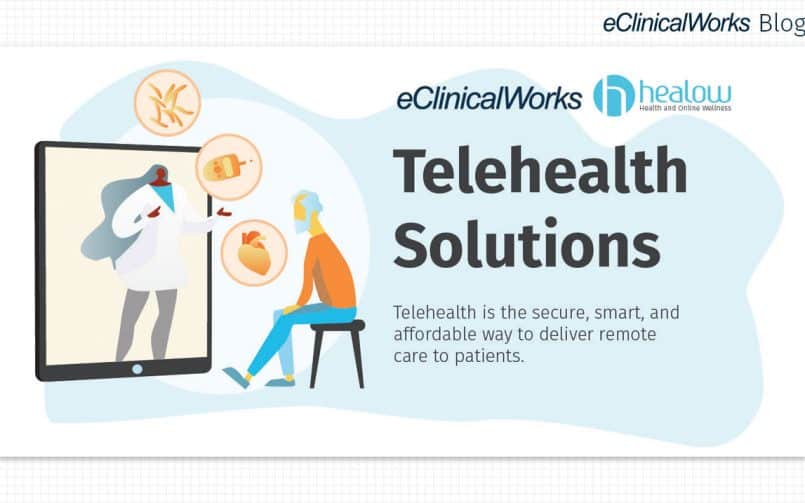
- 20 April 2020
- Blog
Why You Should Activate Telehealth Today
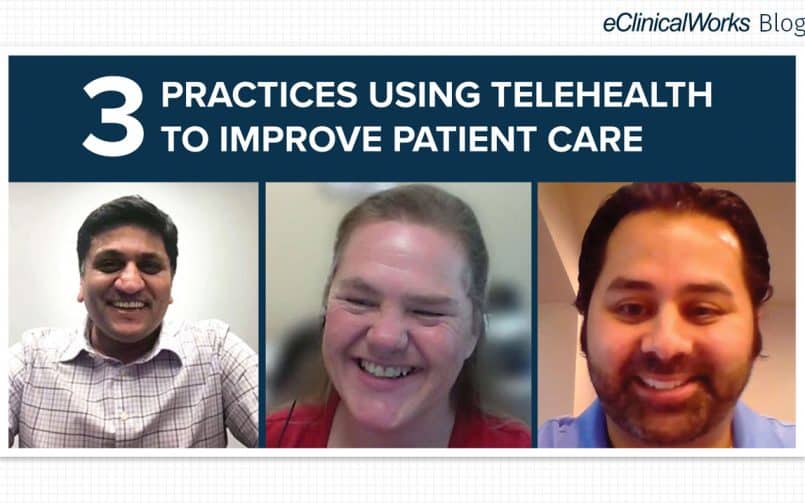
- 17 April 2020
- Blog
3 Practices Using Telehealth to Improve Patient Care

- 15 April 2020
- Blog
Shift in the Medical Mindset
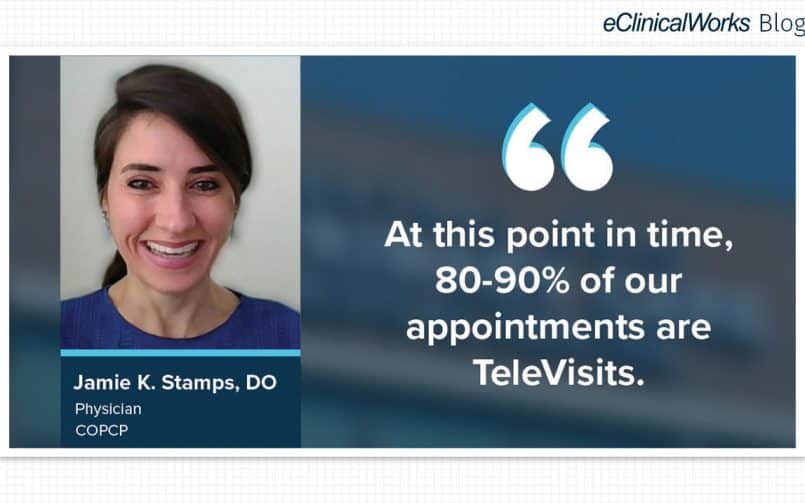
- 13 April 2020
- Blog
How Telehealth Kept a Patient Out of the ER
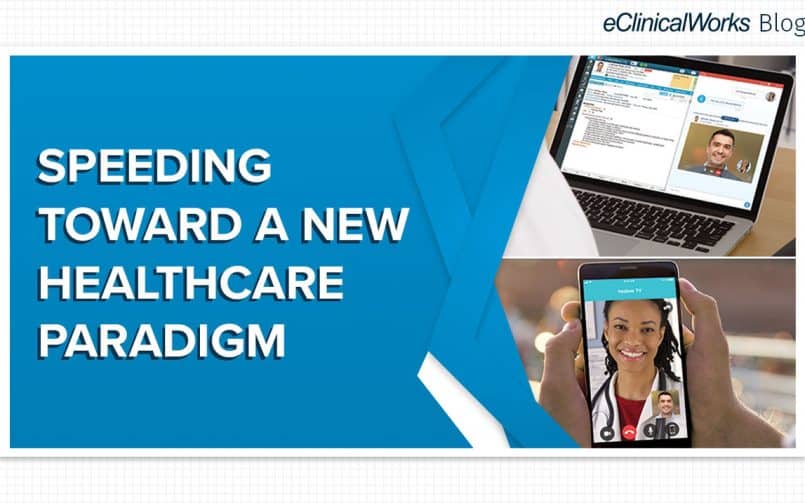
- 10 April 2020
- Blog
Speeding Toward a New Healthcare Paradigm
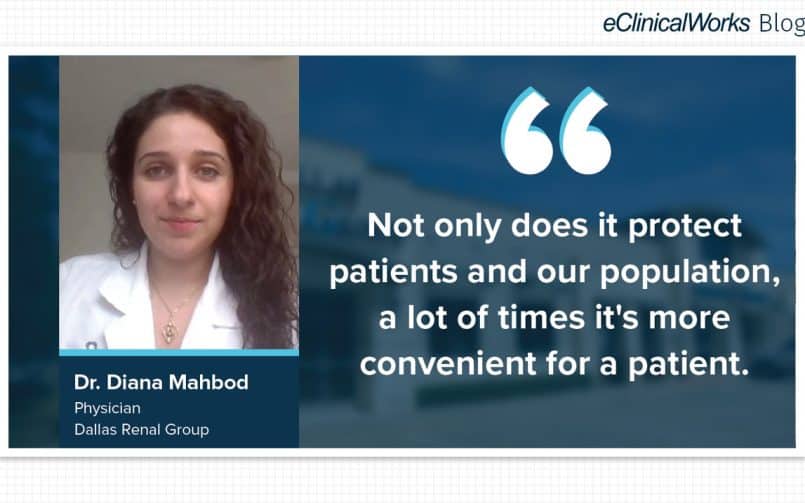
- 9 April 2020
- Blog
How Dallas Renal Group is Providing Care While Social Distancing

- 8 April 2020
- Blog
Swift Action Results in Change of Telehealth Regulations

- 7 April 2020
- Blog
How Central Ohio Primary Care Physicians is Reducing ER Visits

- 6 April 2020
- Blog
Securing Access to Care During a Pandemic
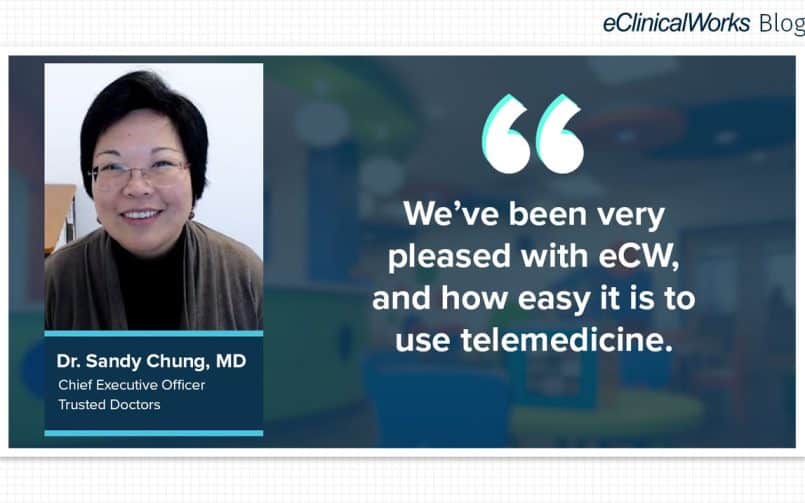
- 3 April 2020
- Blog
How Telehealth is Keeping Patients Safe at Trusted Doctors

- 2 April 2020
- Blog
Flattening the Curve With Telehealth

- 1 April 2020
- Blog
How First Choice Neurology Transformed Their Practice With Telehealth

- 31 March 2020
- Blog
Telehealth and Mental Health in a Time of Crisis
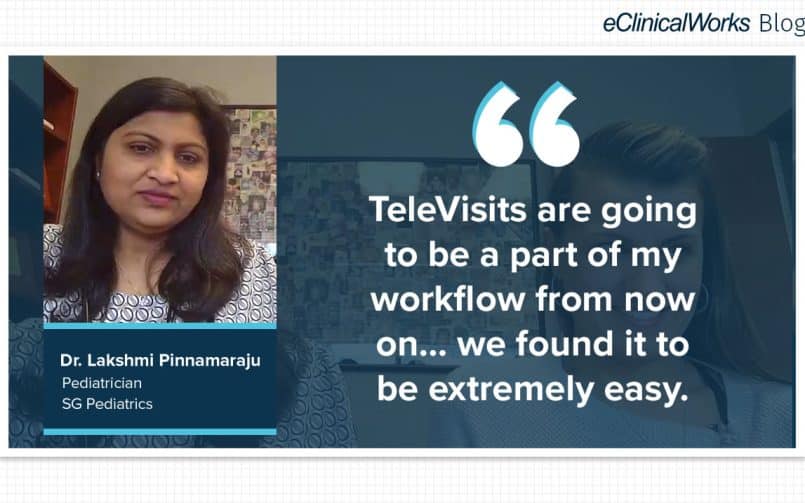
- 27 March 2020
- Blog
How SG Pediatrics are Using TeleVisits to Help Patients
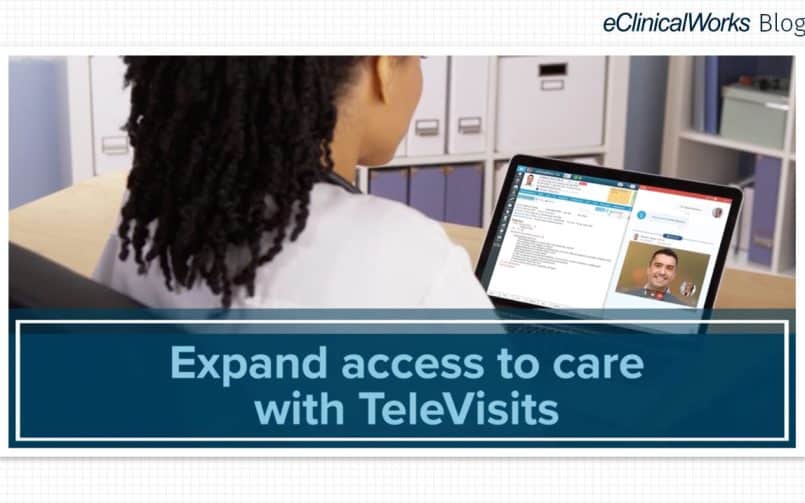
- 26 March 2020
- Blog
The eClinicalWorks Telehealth Advantage

- 25 March 2020
- Blog
How Televisits Have Transformed Comprehensive Sleep Center
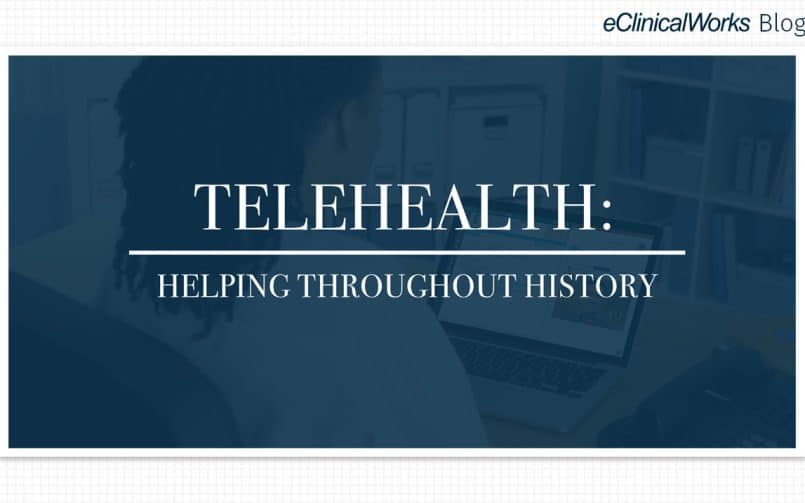
- 24 March 2020
- Blog
Telehealth: Helping Throughout History
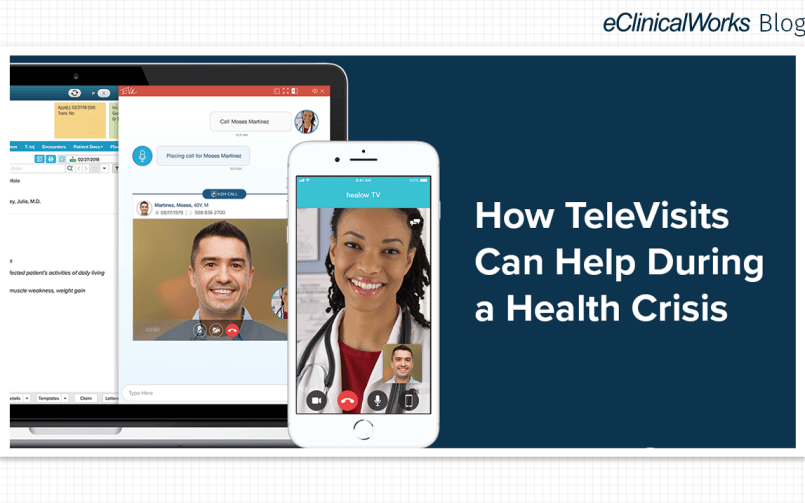
- 23 March 2020
- Blog
How healow TeleVisits Can Help During a Health Crisis
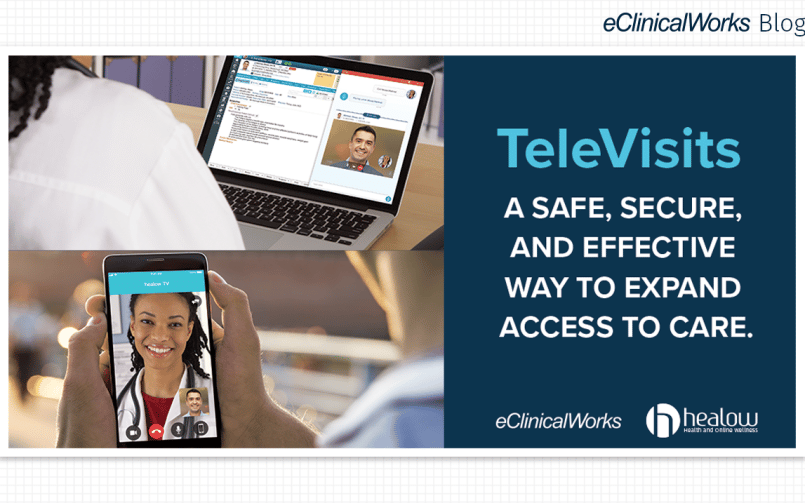
- 20 March 2020
- Blog
healow TeleVisits: How Fast Deployment Helps
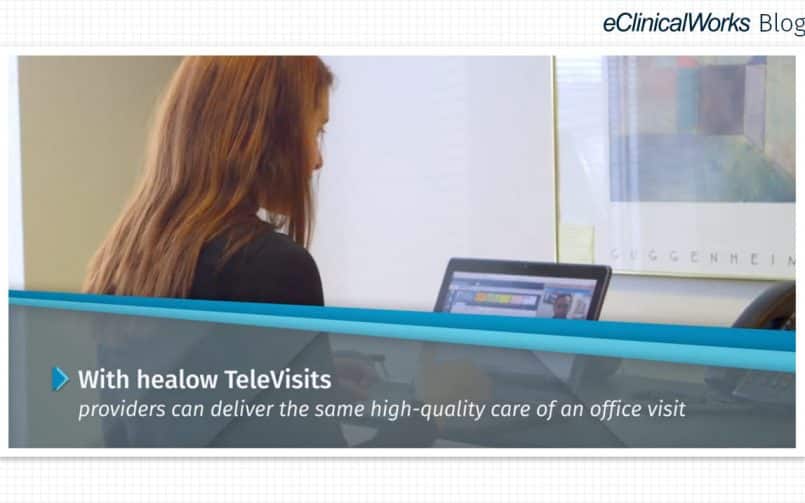
- 11 March 2020
- Blog
Expanding Access to Care With healow TeleVisits

- 6 March 2020
- Blog
Back to the Basics: Patient Engagement
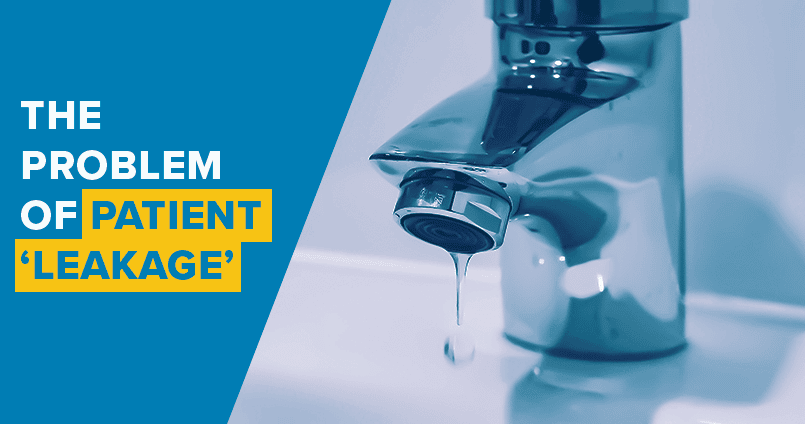
- 31 January 2020
- Blog
A More Attractive Choice: Retaining Your Patients!

- 8 January 2020
- Blog
The State of Telehealth in 2020

- 15 November 2019
- Blog
How Choosing the Right EHR Helped Our Practice
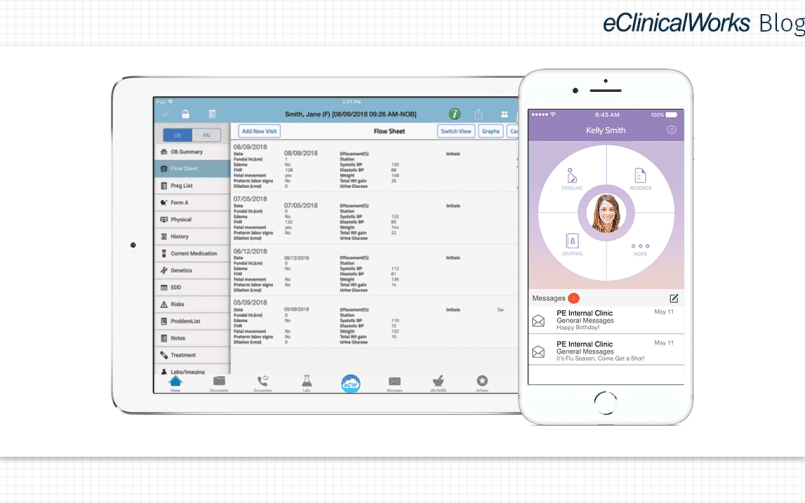
- 8 November 2019
- Blog
How to Improve Your OB/GYN With Your EHR

- 11 October 2019
- Blog
How Leaders Establish Organizational Success

- 4 October 2019
- Blog
3 Questions to Ask When Switching EHRs
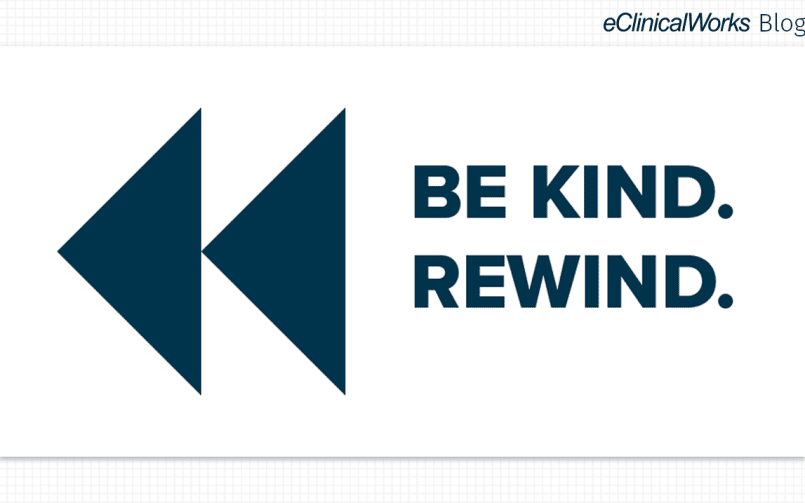
- 25 September 2019
- Blog
3 Lessons for Successfully Engaging Patients
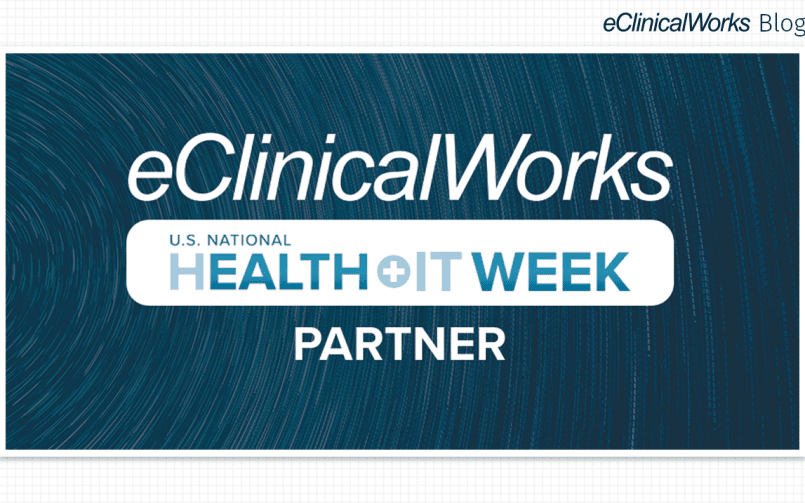
- 20 September 2019
- Blog
Healthcare: All About Community
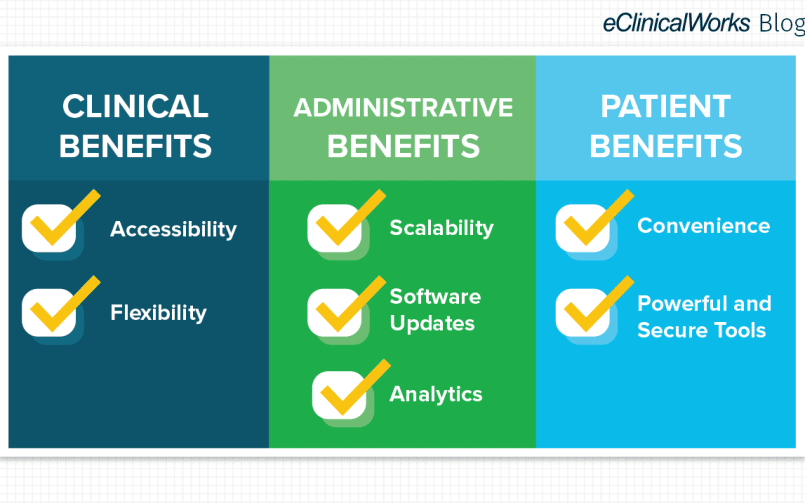
- 19 September 2019
- Blog
How to Ride Cloud Services to Success

- 13 September 2019
- Blog
Sharing Knowledge and a Shared Vision for Health
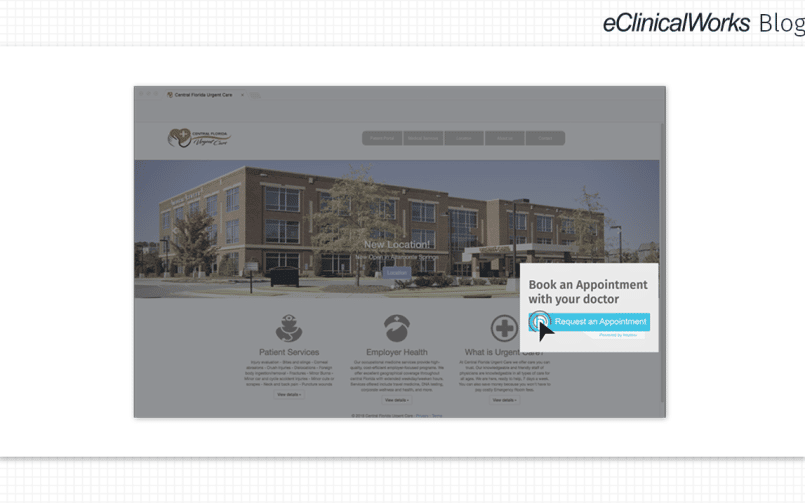
- 11 September 2019
- Blog
Challenges and Opportunities in Today’s Healthcare Ecosystem
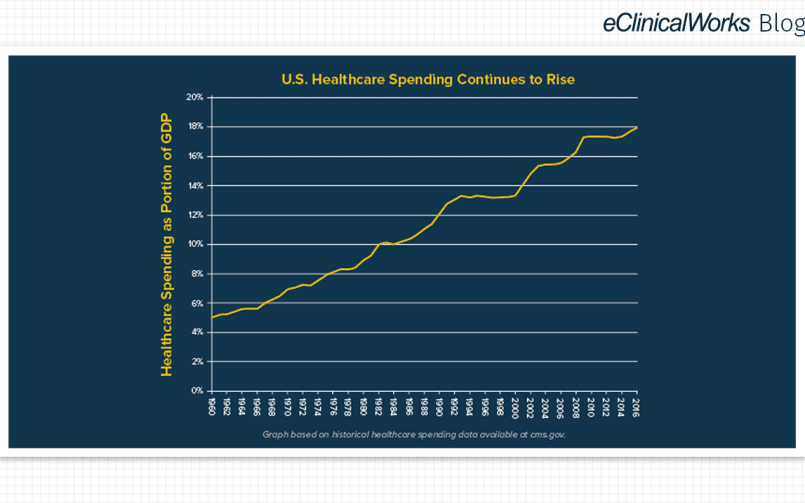
- 6 September 2019
- Blog
How Long-term Thinking Improves Healthcare

- 4 September 2019
- Blog
How to Make Quality Metrics Work for Your Organization

- 30 August 2019
- Blog
Healthcare Success Through Constant Adaptation
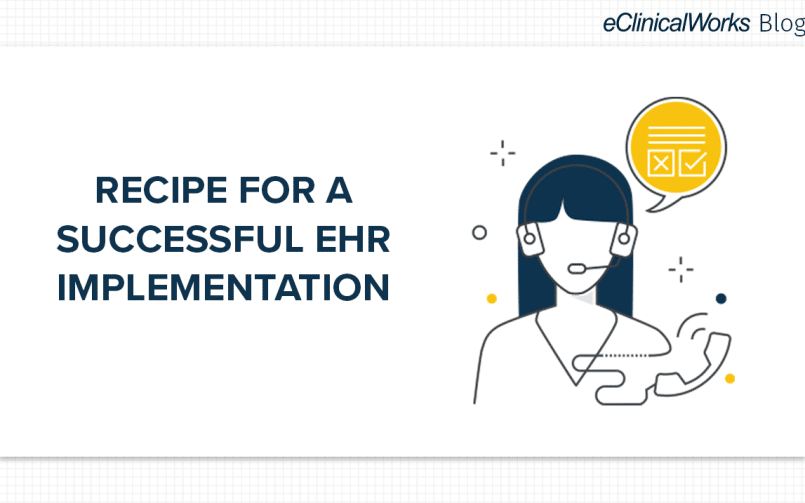
- 21 August 2019
- Blog
Recipe for a Successful EHR Implementation
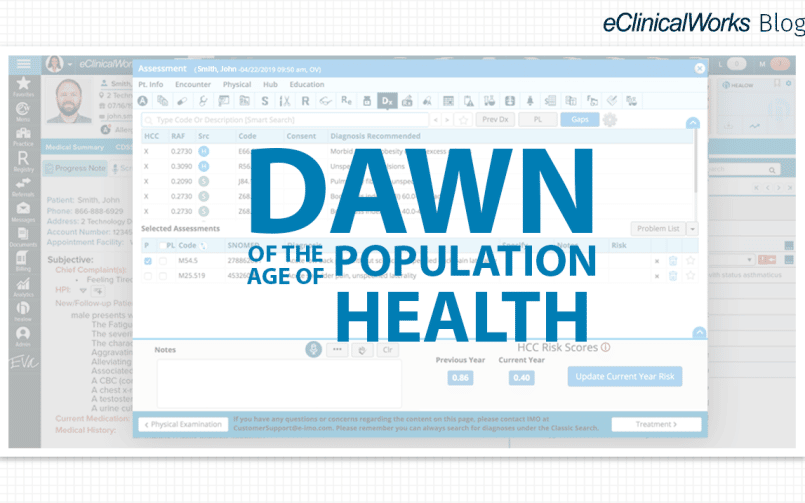
- 7 August 2019
- Blog
Dawn of the Age of Population Health
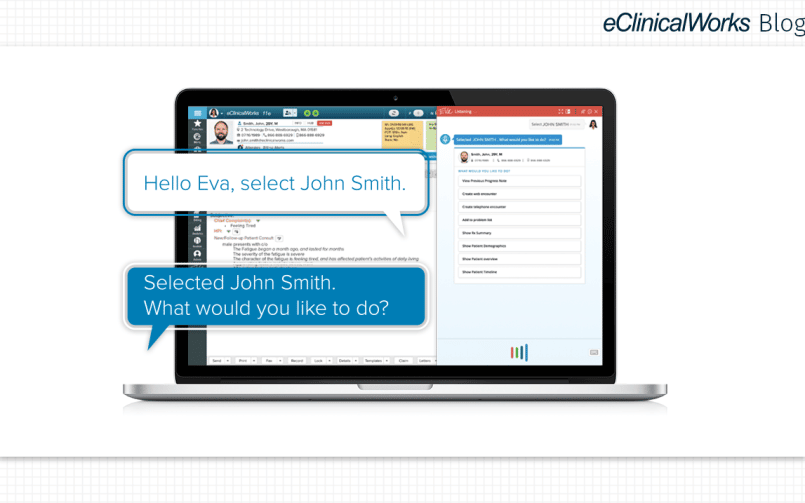
- 2 August 2019
- Blog
Emerging Technologies, Emerging Understanding

- 17 July 2019
- Blog
The Importance of Encouraging a Healthy Community
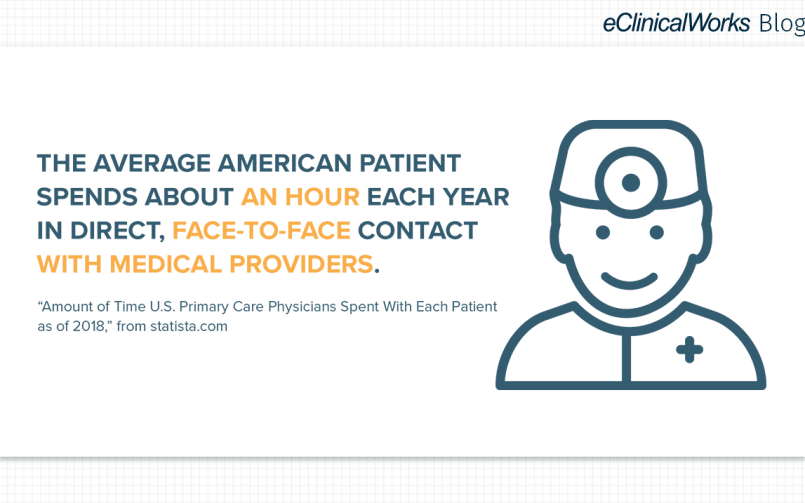
- 1 July 2019
- Blog
Essential Strategies to Improve Healthcare
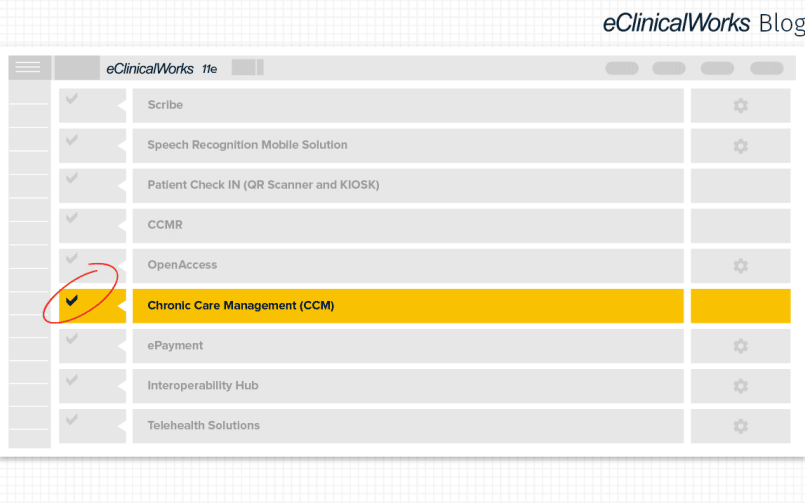
- 28 June 2019
- Blog
Implementing a patient safety culture
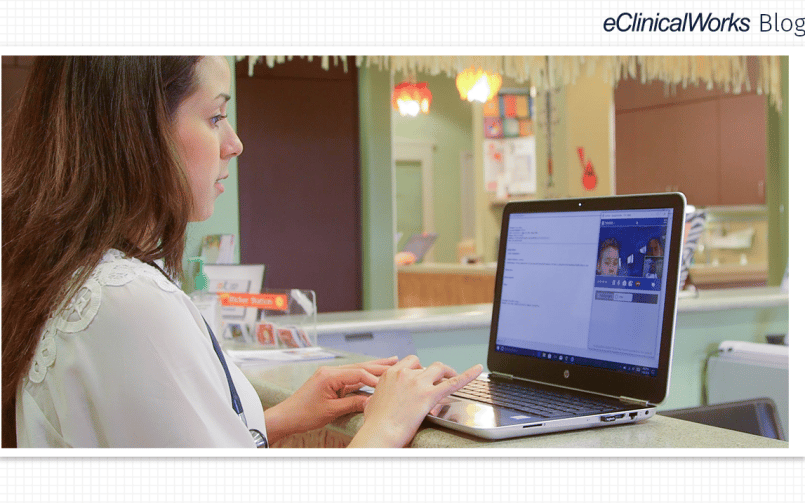
- 5 June 2019
- Blog
3 Ways That Telehealth Is Improving Healthcare

- 17 April 2019
- Blog
TCM: From Post-It to Proactive
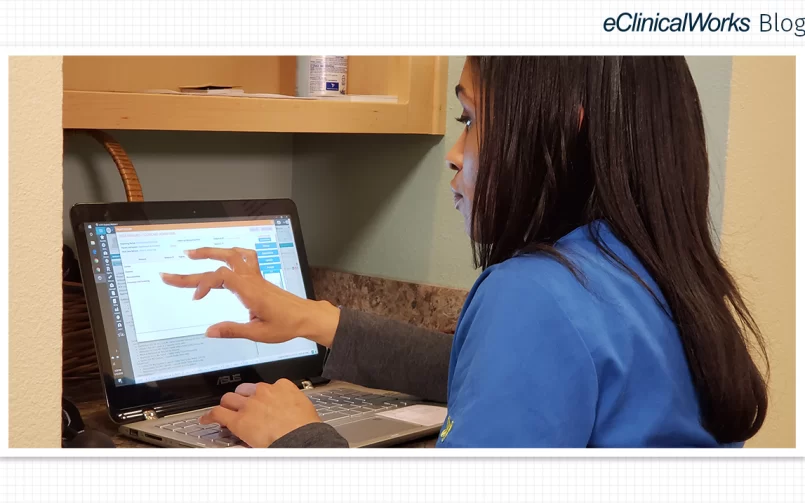
- 12 April 2019
- Blog
HEDIS: Keeping Snowbirds’ Data from Flying Away
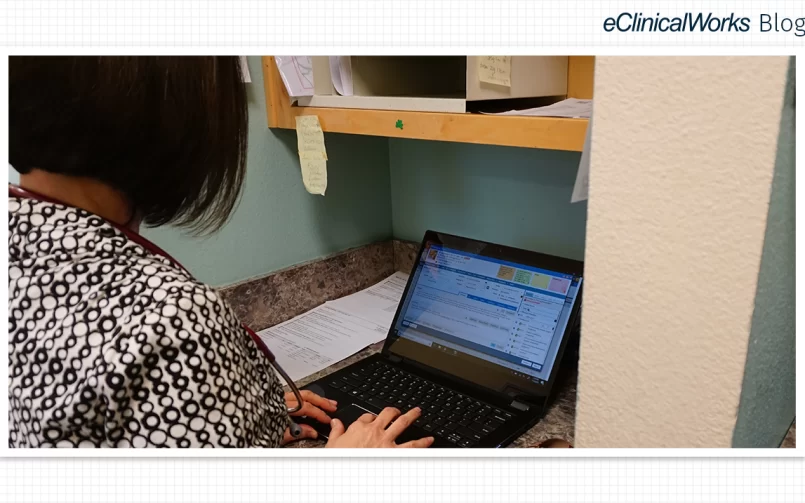
- 9 April 2019
- Blog
HCC: A Coding Tool for an Age of Value-Based Medicine

- 5 April 2019
- Blog
CCM: From Zero to 800 Patients in Just 10 Months
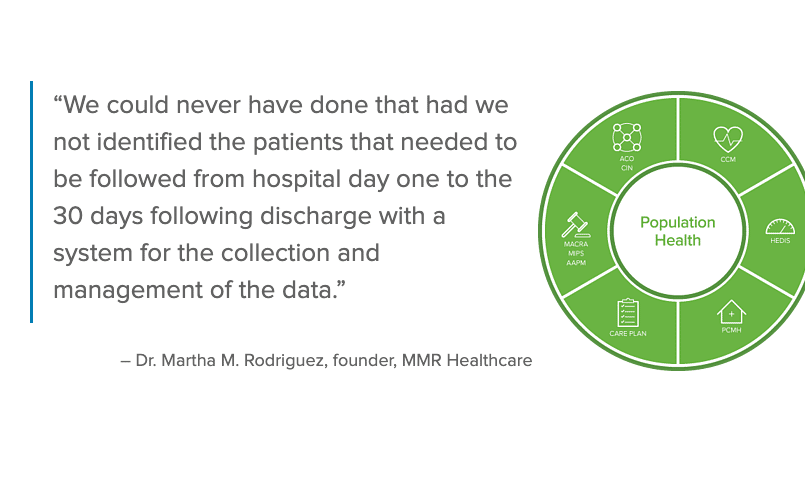
- 27 March 2019
- Blog
TCM: Tracking Patients to Reduce Readmissions

- 25 March 2019
- Blog
HEDIS: Improving the Timeliness of Care
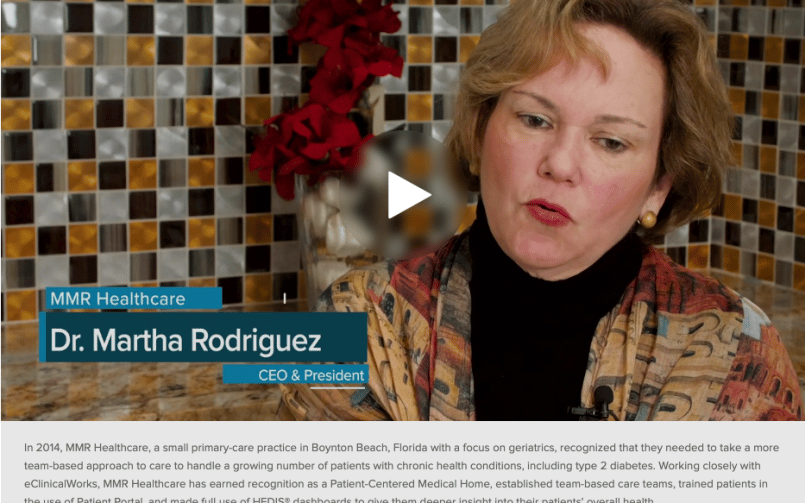
- 21 March 2019
- Blog
CCM: A Long-term Commitment to Teamwork
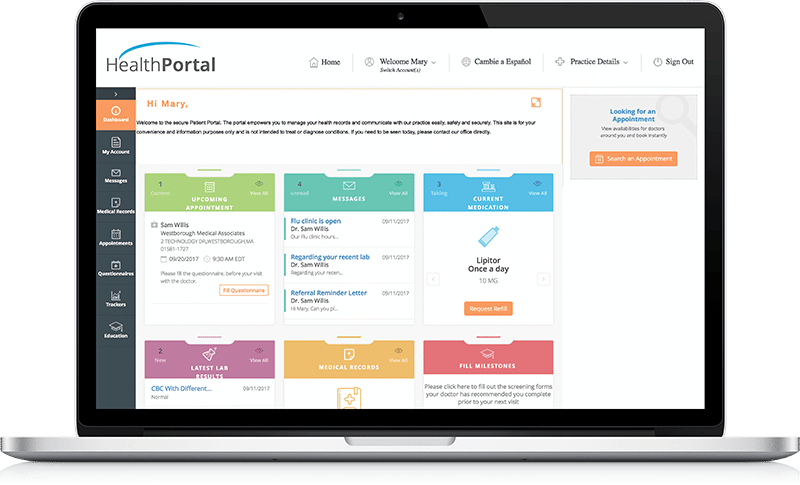
- 19 February 2019
- Blog
For Best Results, Engage Your Patients!

- 13 February 2019
- Blog
Eva: A clear answer to the multitasking dilemma
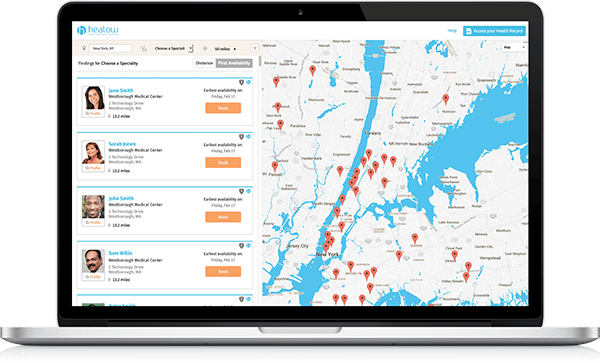
- 24 January 2019
- Blog
Successful Patient Engagement Strategies
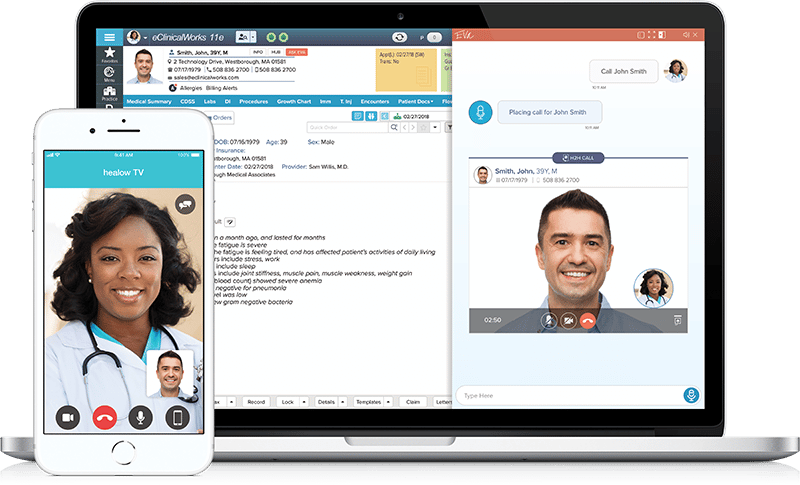
- 9 January 2019
- Blog
Telehealth – Rural Health Center
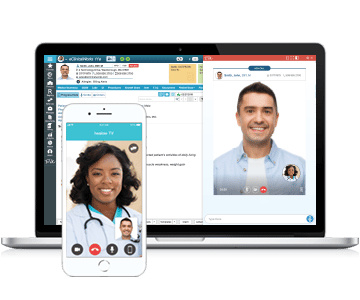
- 1 November 2018
- Blog
Three Ways Telemedicine Improves Care for Providers and Patients

- 11 June 2018
- Blog
Righttime Medical: Building a New Medical Model
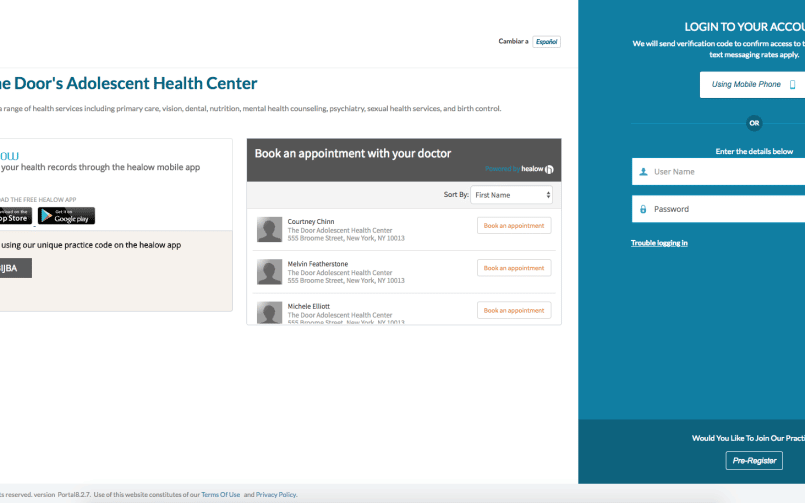
- 4 June 2018
- Blog
Helping NYC Youth Reach Their Potential
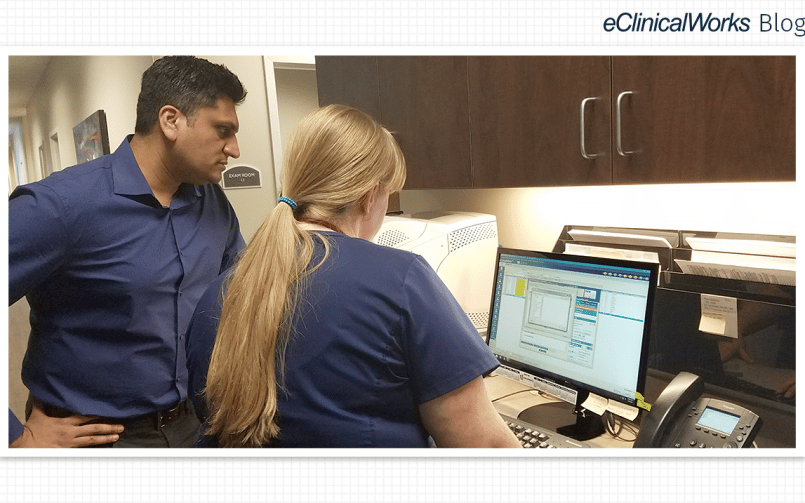
- 21 May 2018
- Blog
Getting Online with Patient Engagement
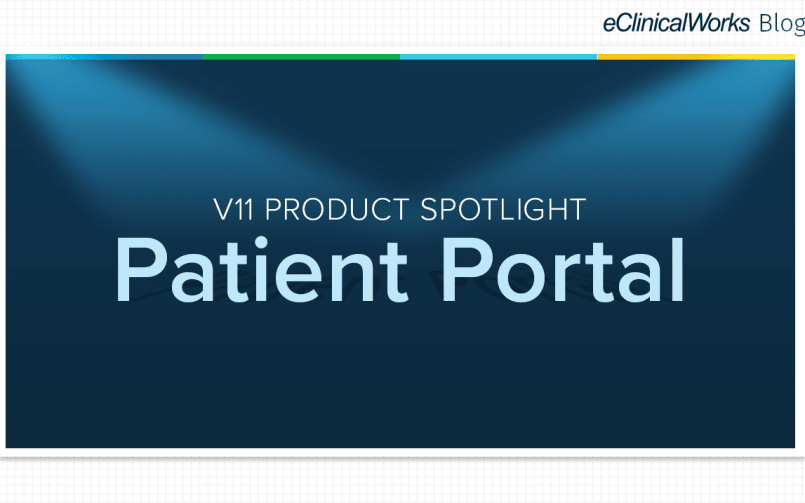
- 16 April 2018
- Blog
Patient Portal 8.0
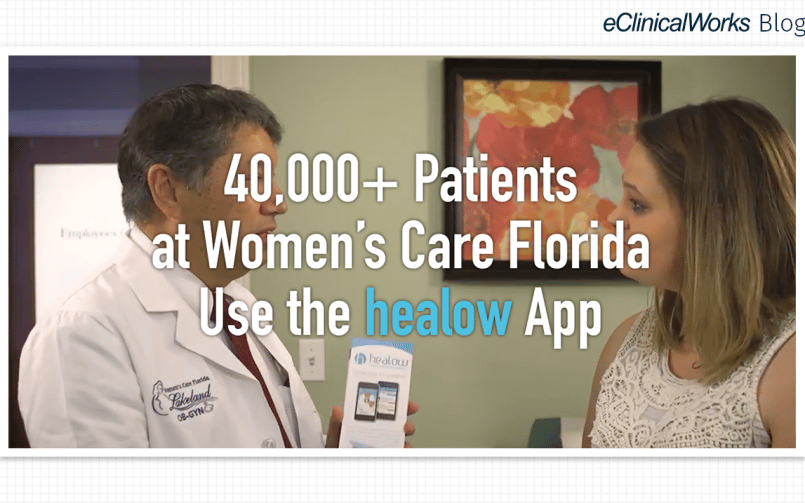
- 9 January 2018
- Blog
“They have their little phones!”

- 27 November 2017
- Blog
A Patient-Centric, Independent Clinic in Utah
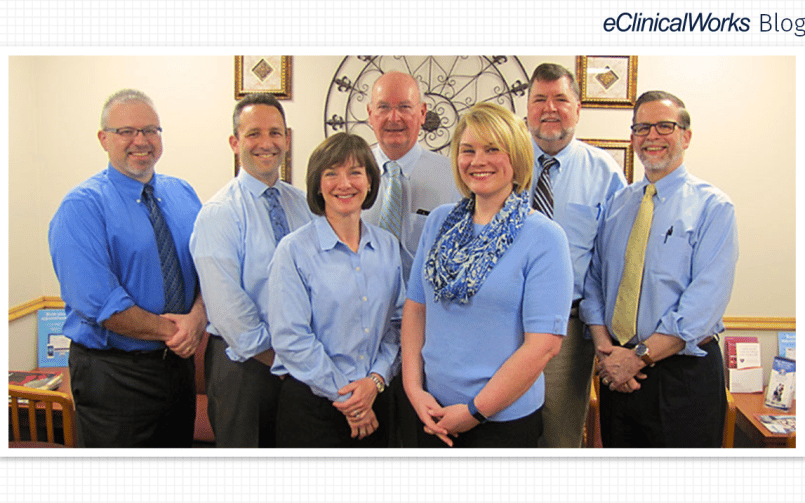
- 18 September 2017
- Blog
Grove Medical: Tackling Diabetes with Healthcare IT

- 17 July 2017
- Blog
Using Big Data to Right Size a Practice
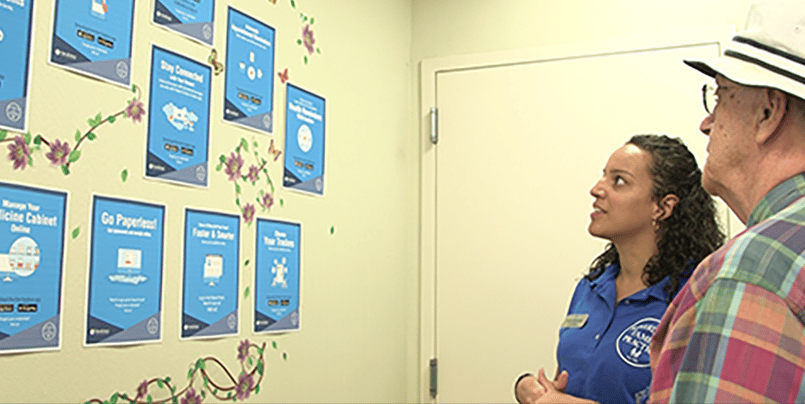
- 12 June 2017
- Blog
Patient Engagement in New York City

- 30 May 2017
- Blog
Arkansas: Concerns and opportunities
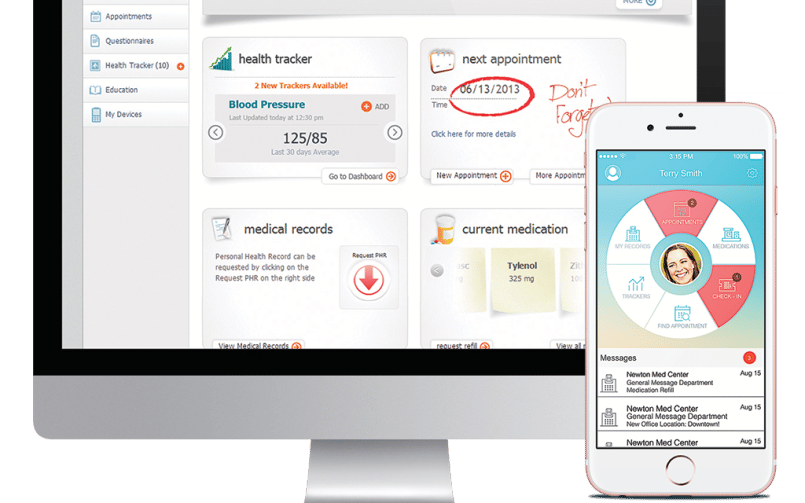
- 22 May 2017
- Blog
Healthcare, change, and changing mindsets

- 28 December 2016
- Blog
The right tools in human hands
- 20 March 2015
- Blog
The Next Phase of Innovation in Healthcare
- 20 March 2015
- Blog
The Playbook for Patient Engagement
- 13 October 2013
- Blog






